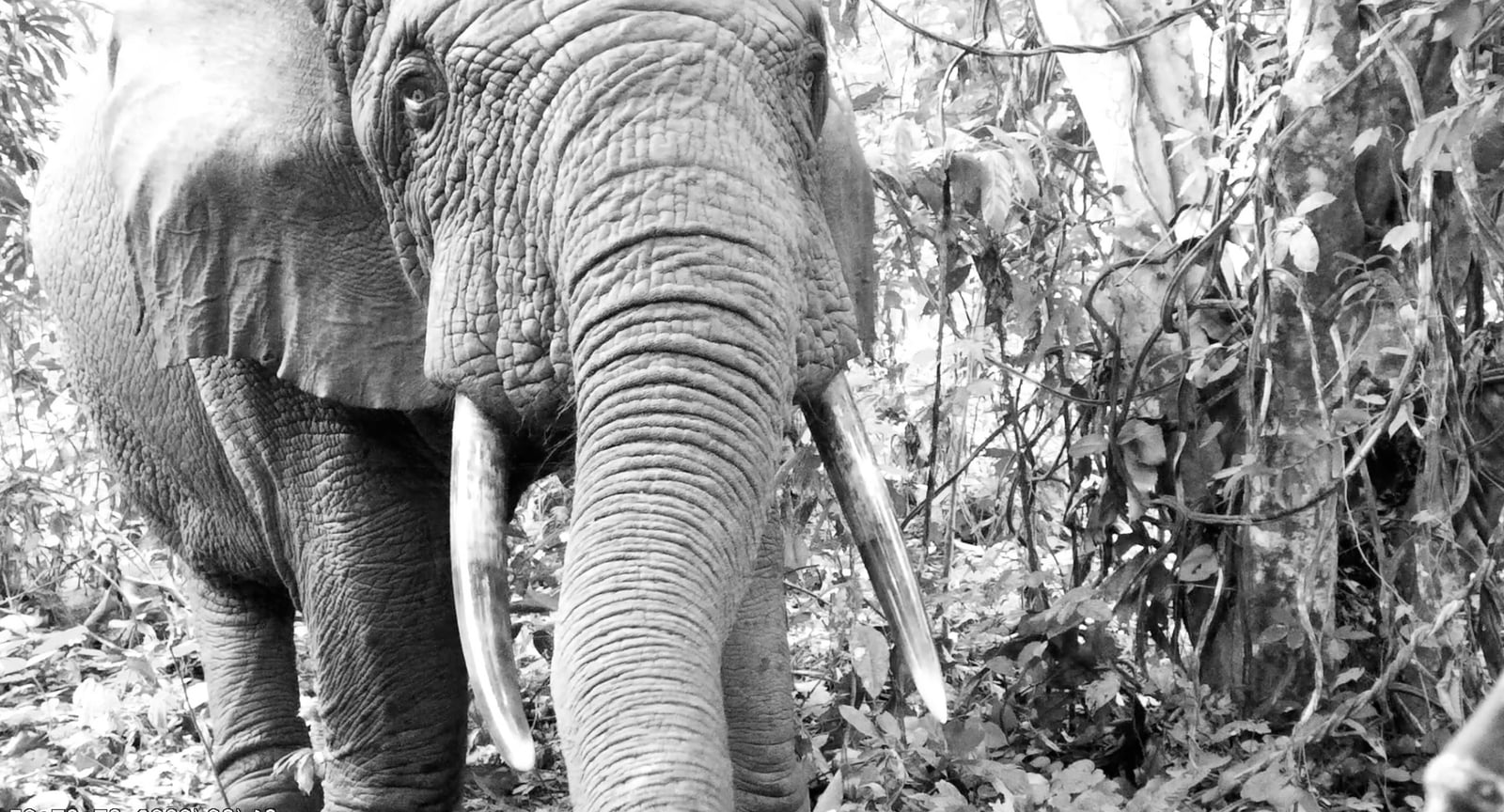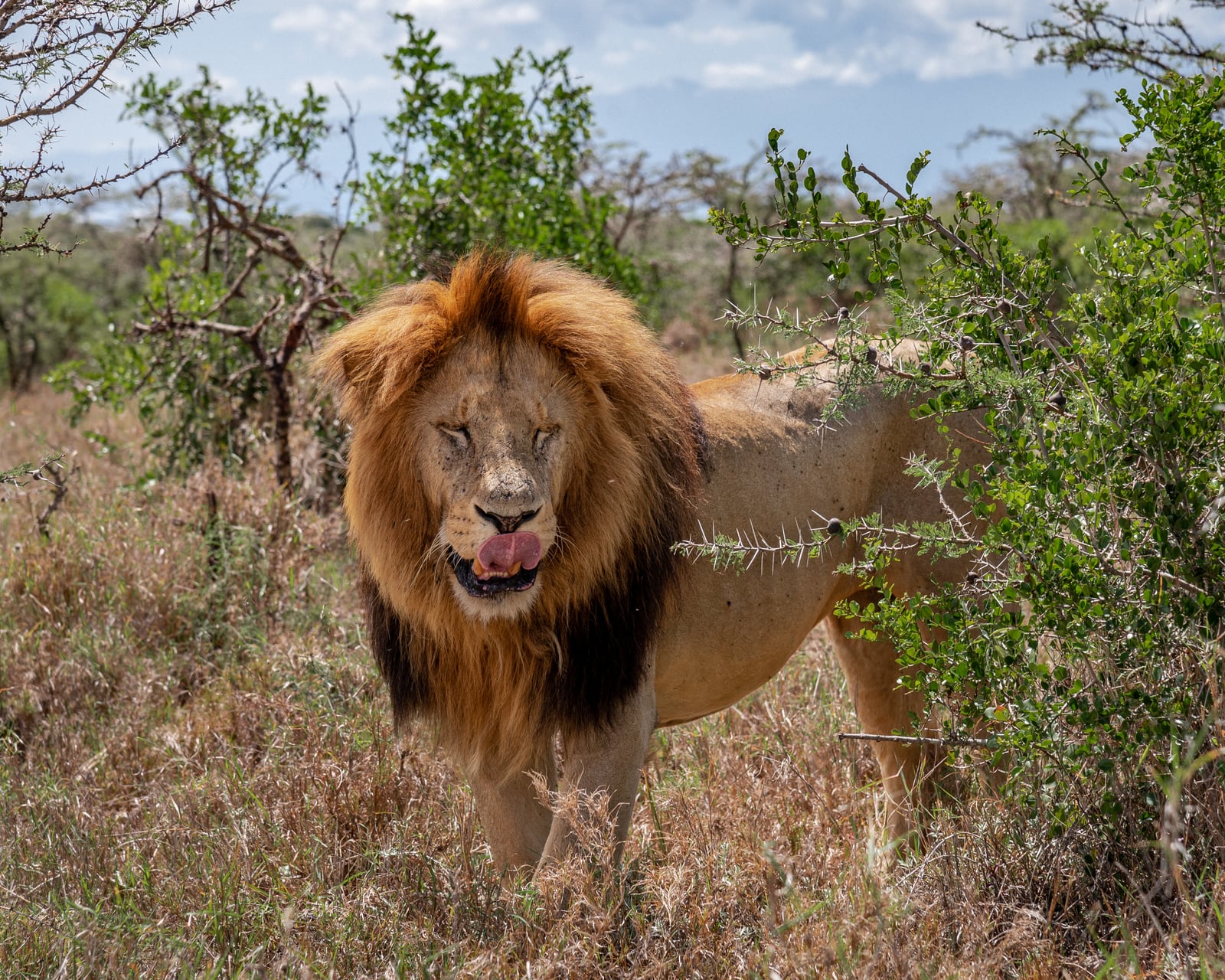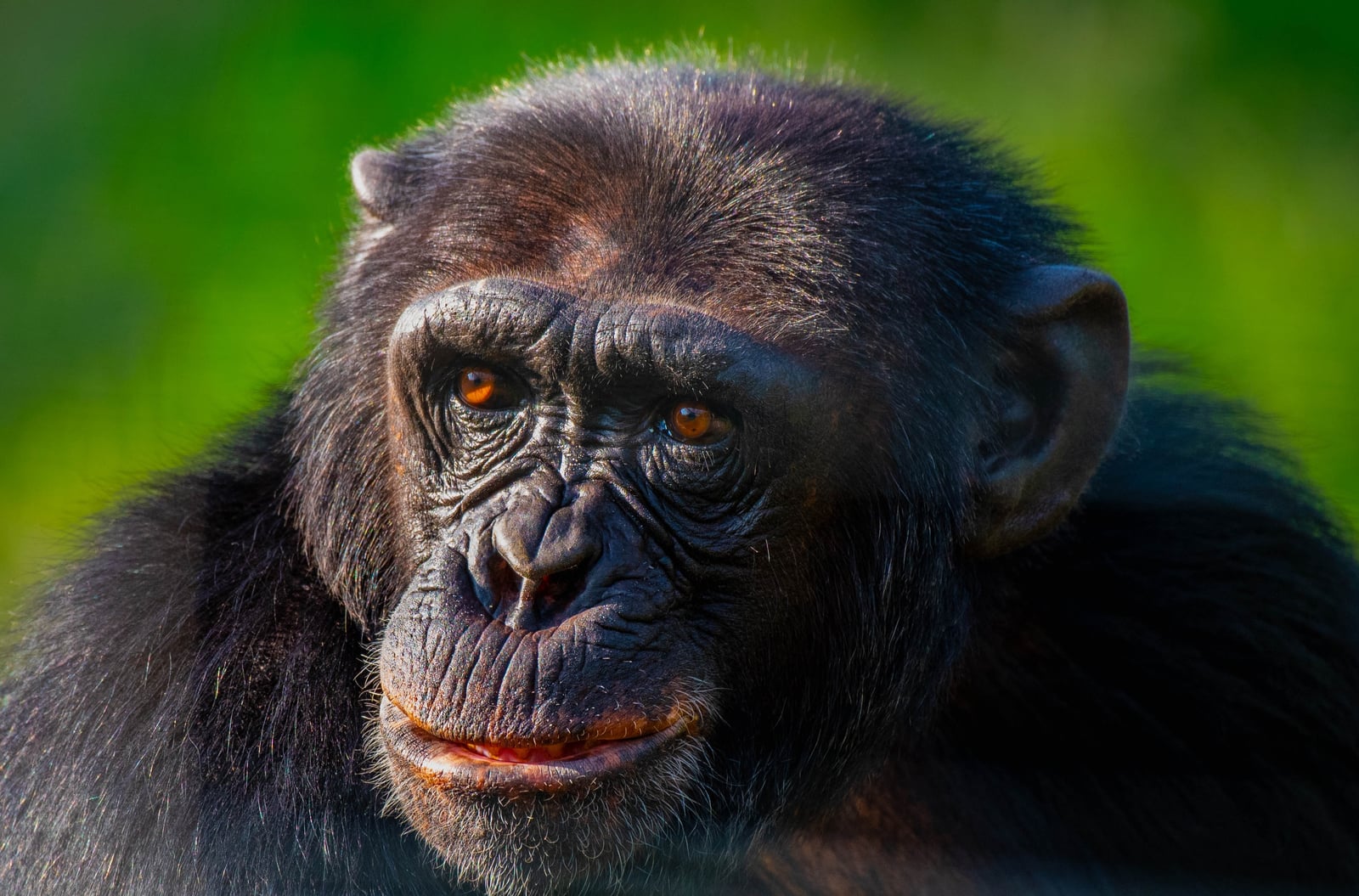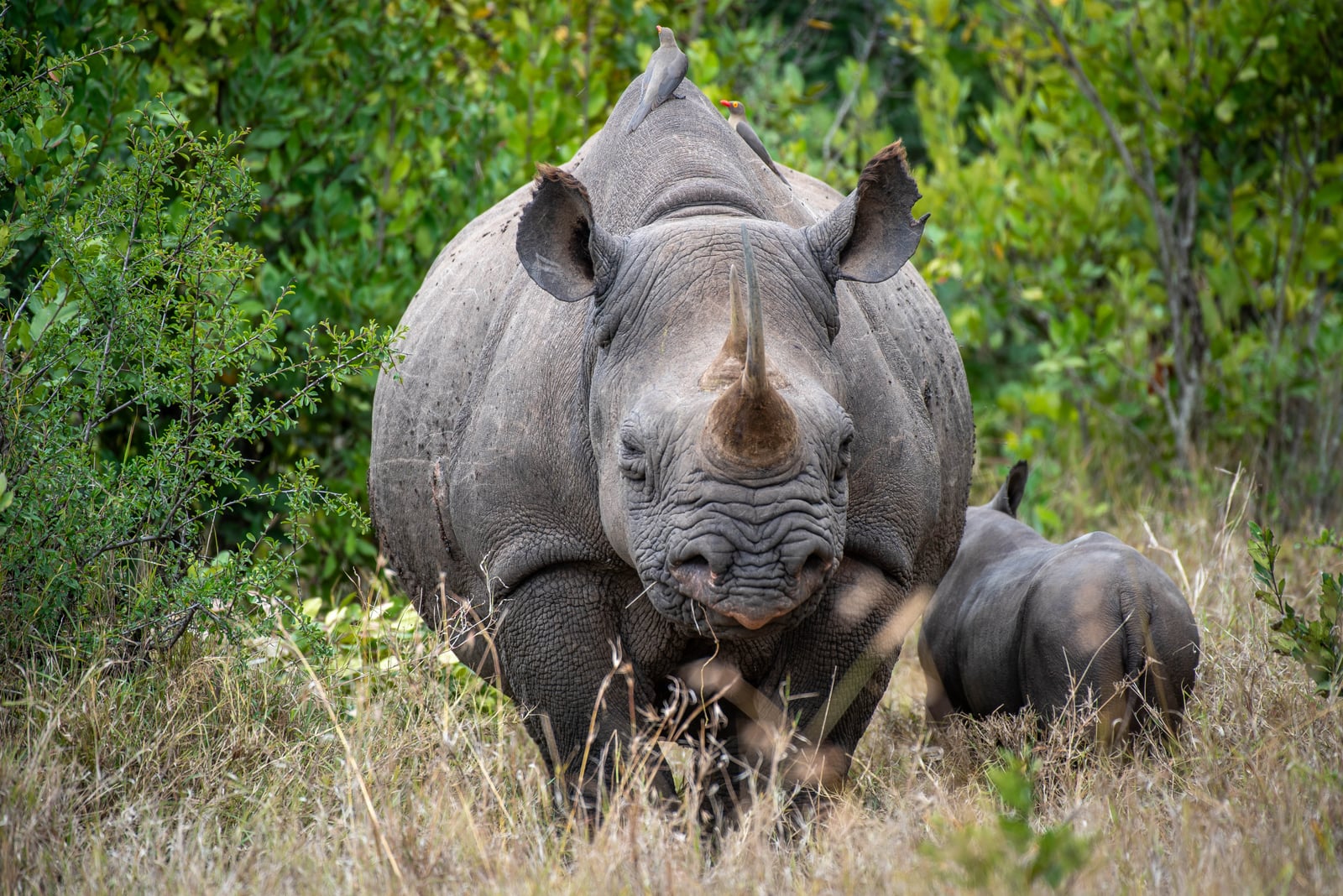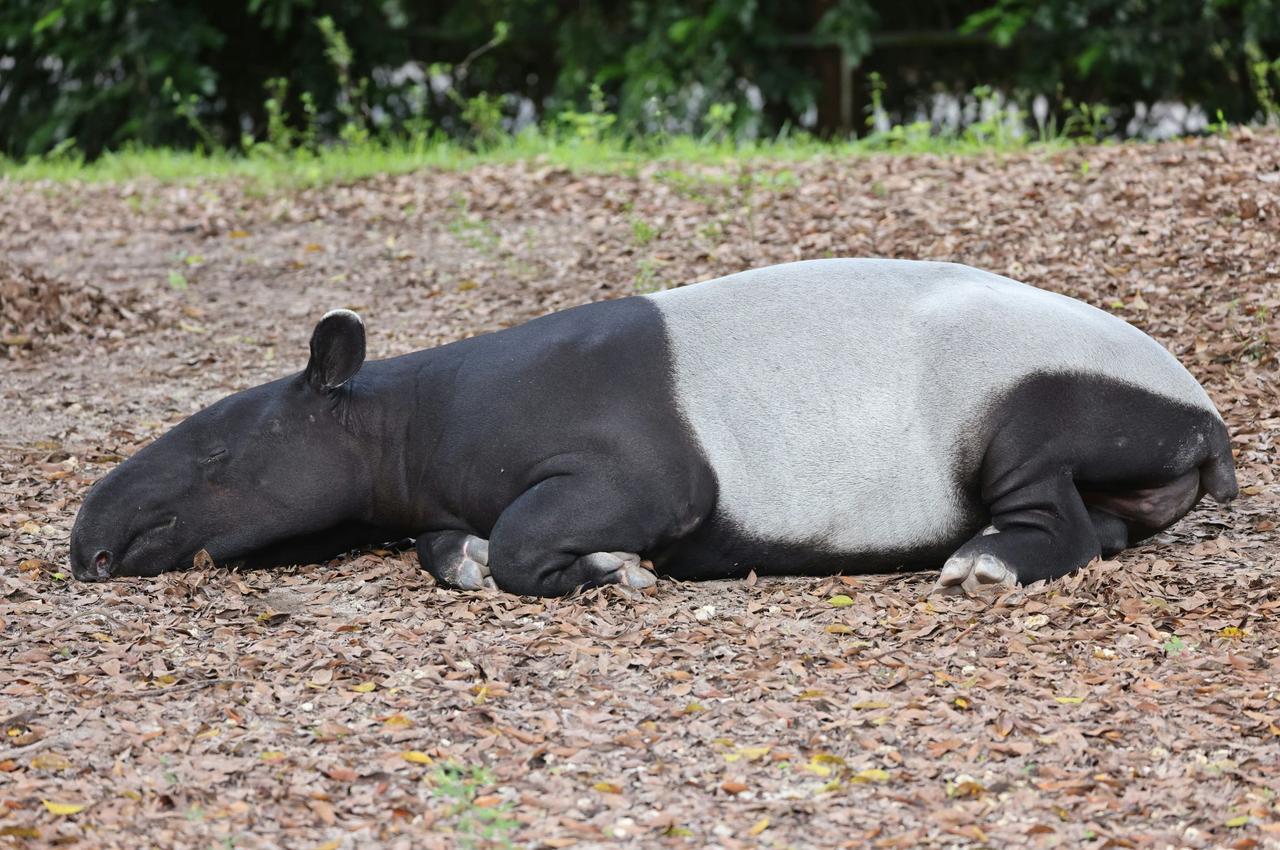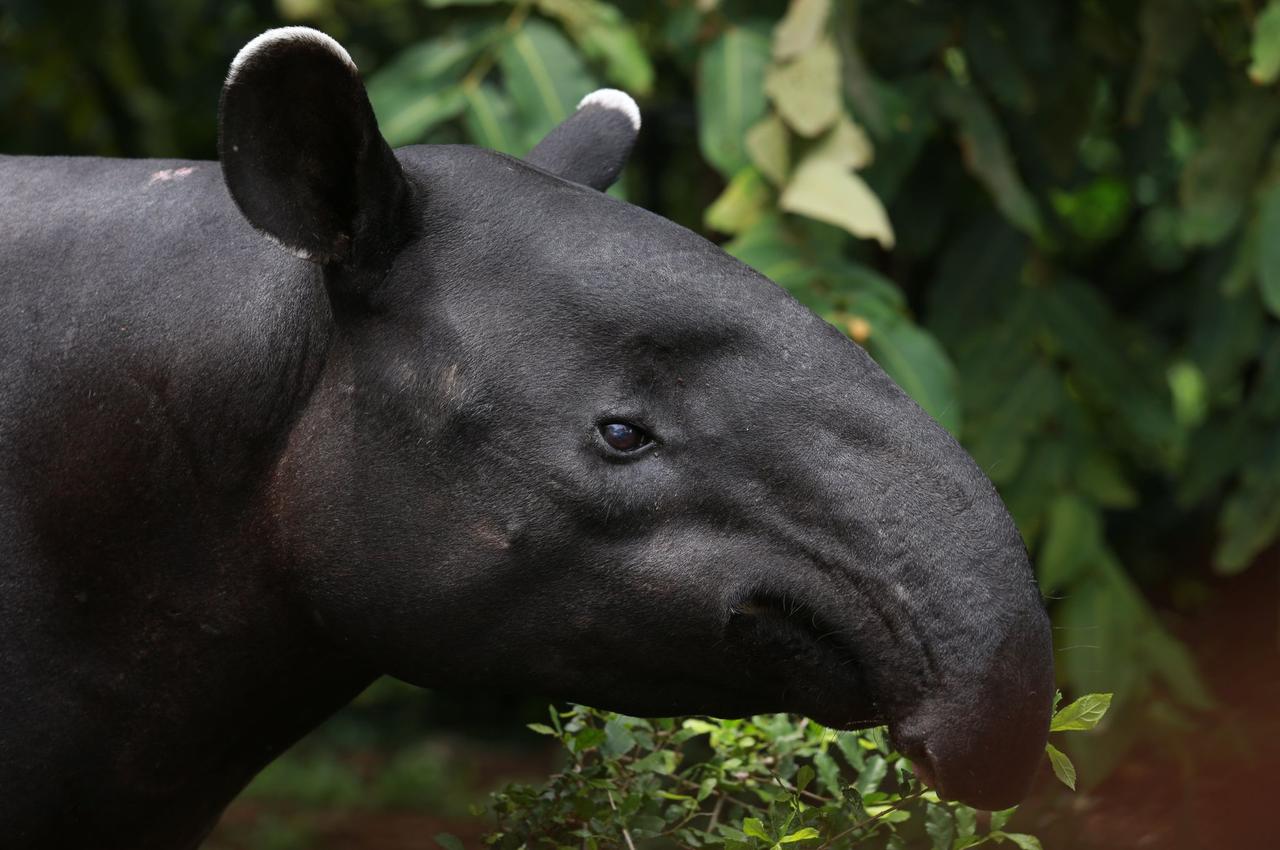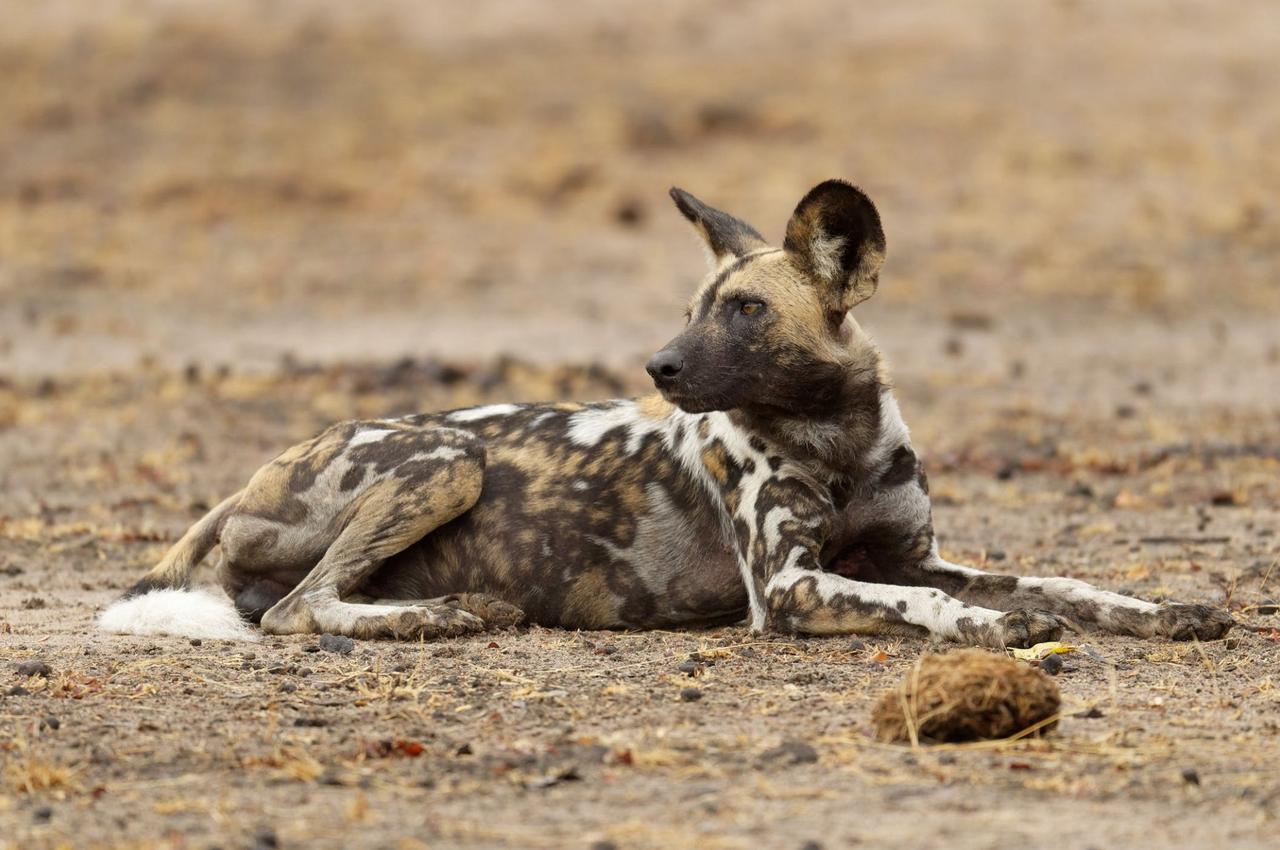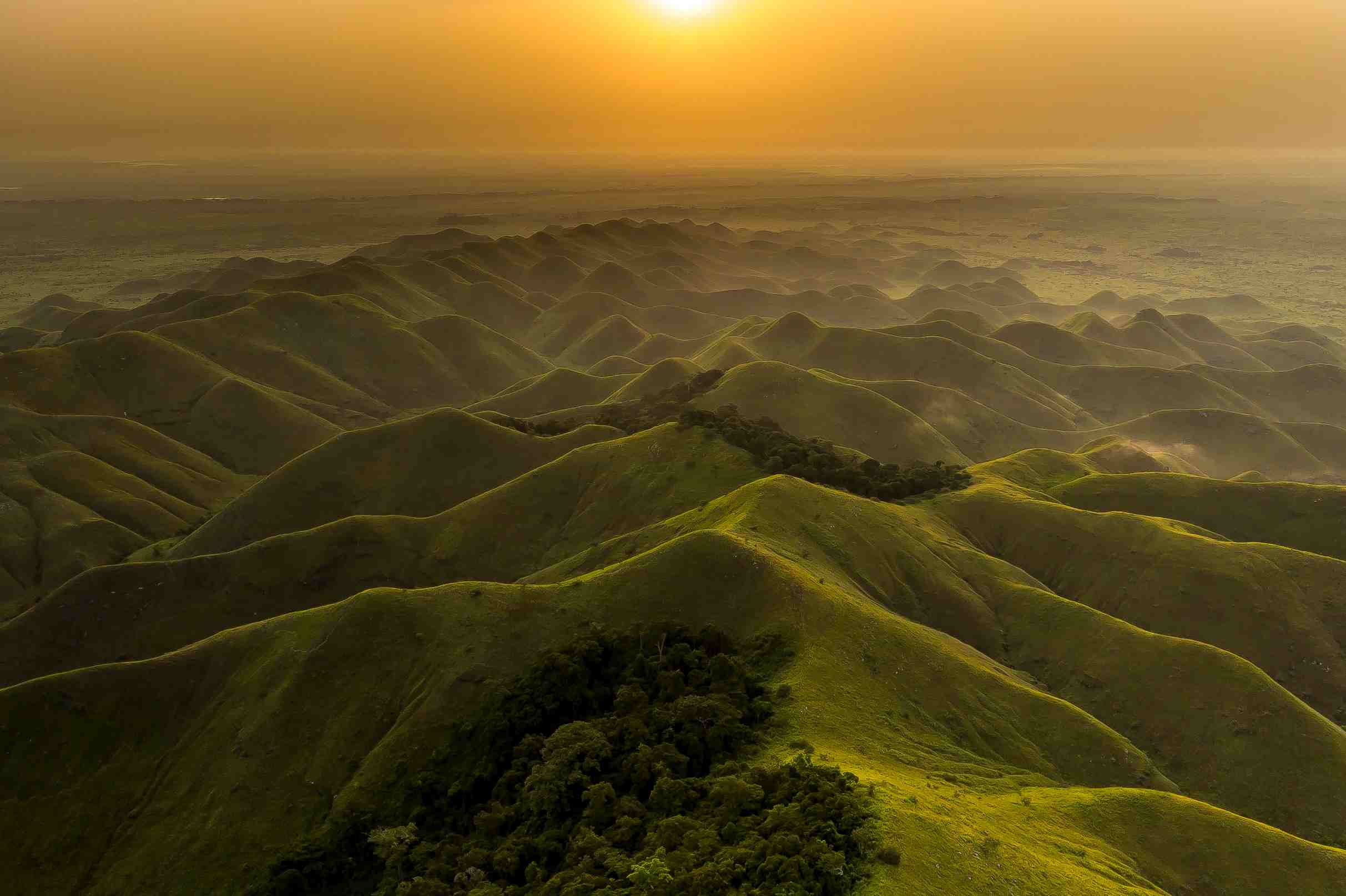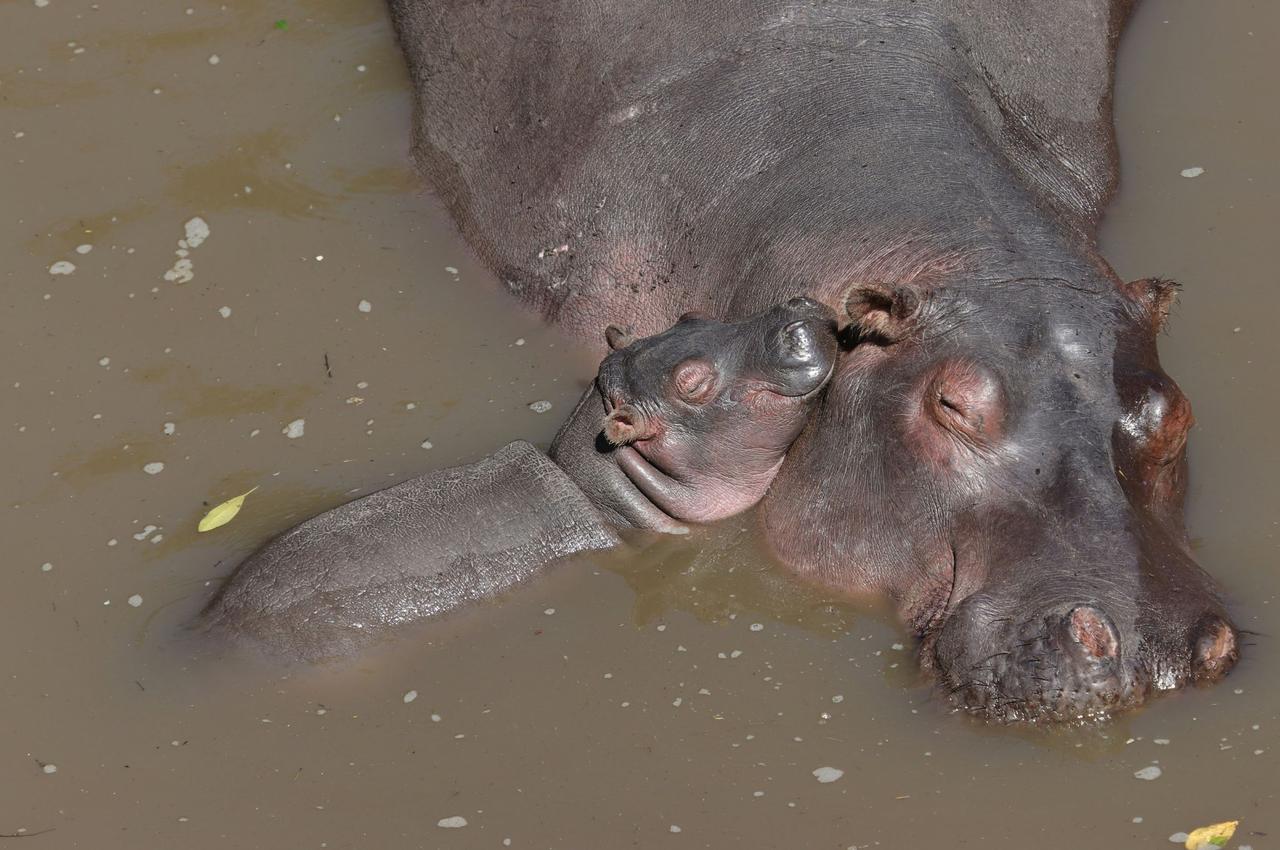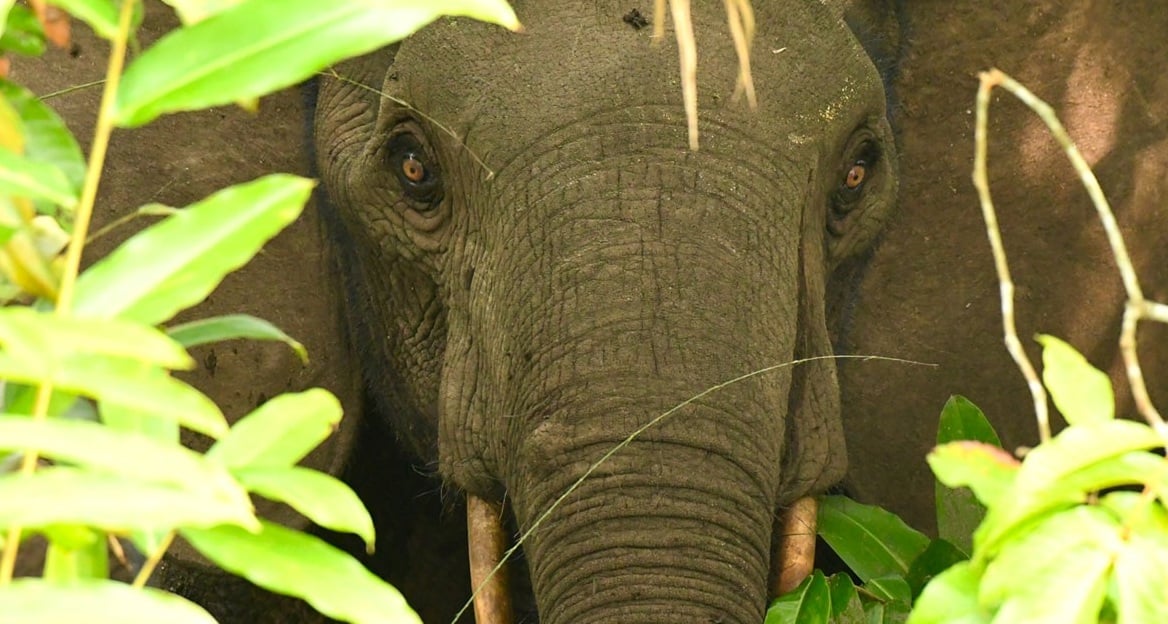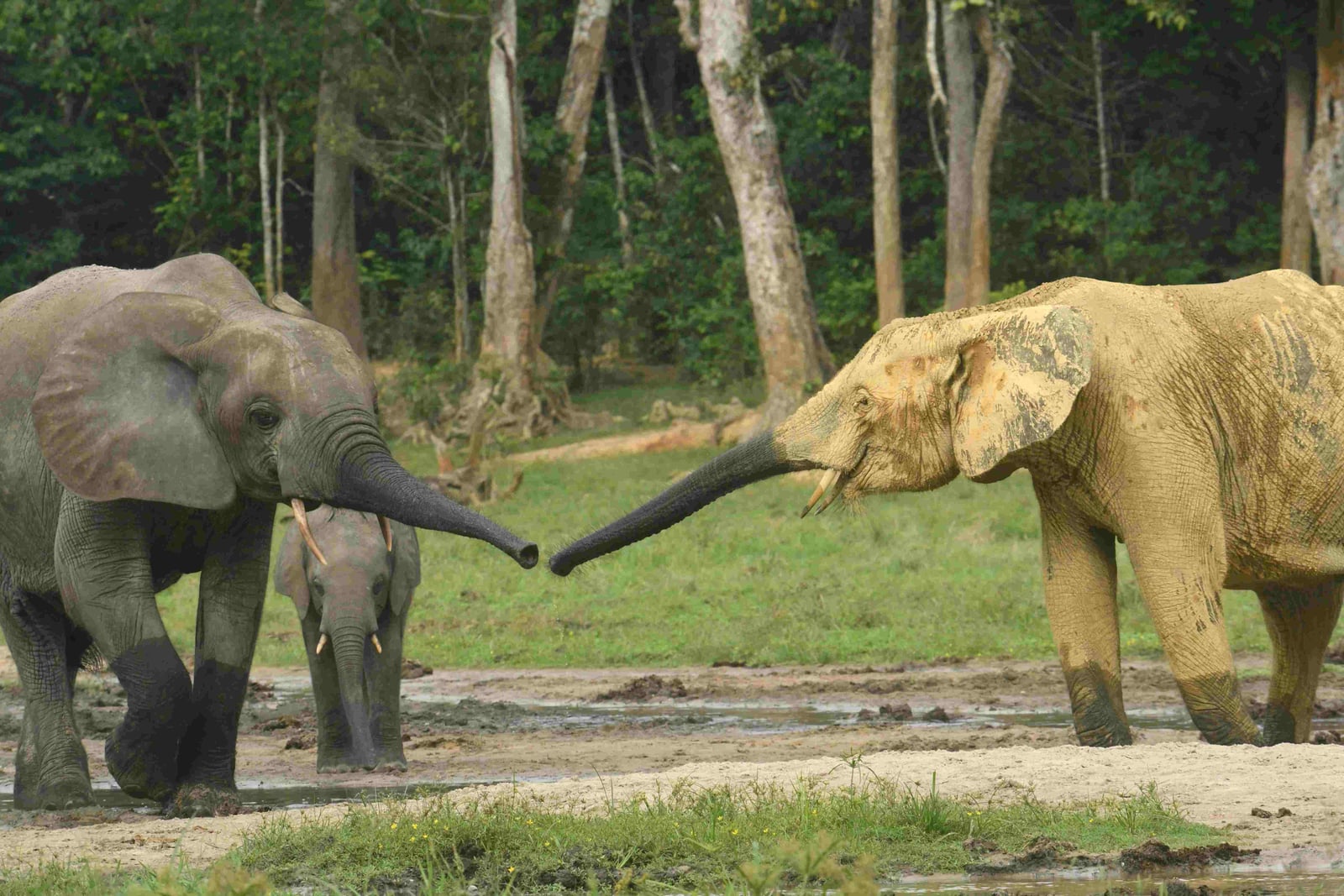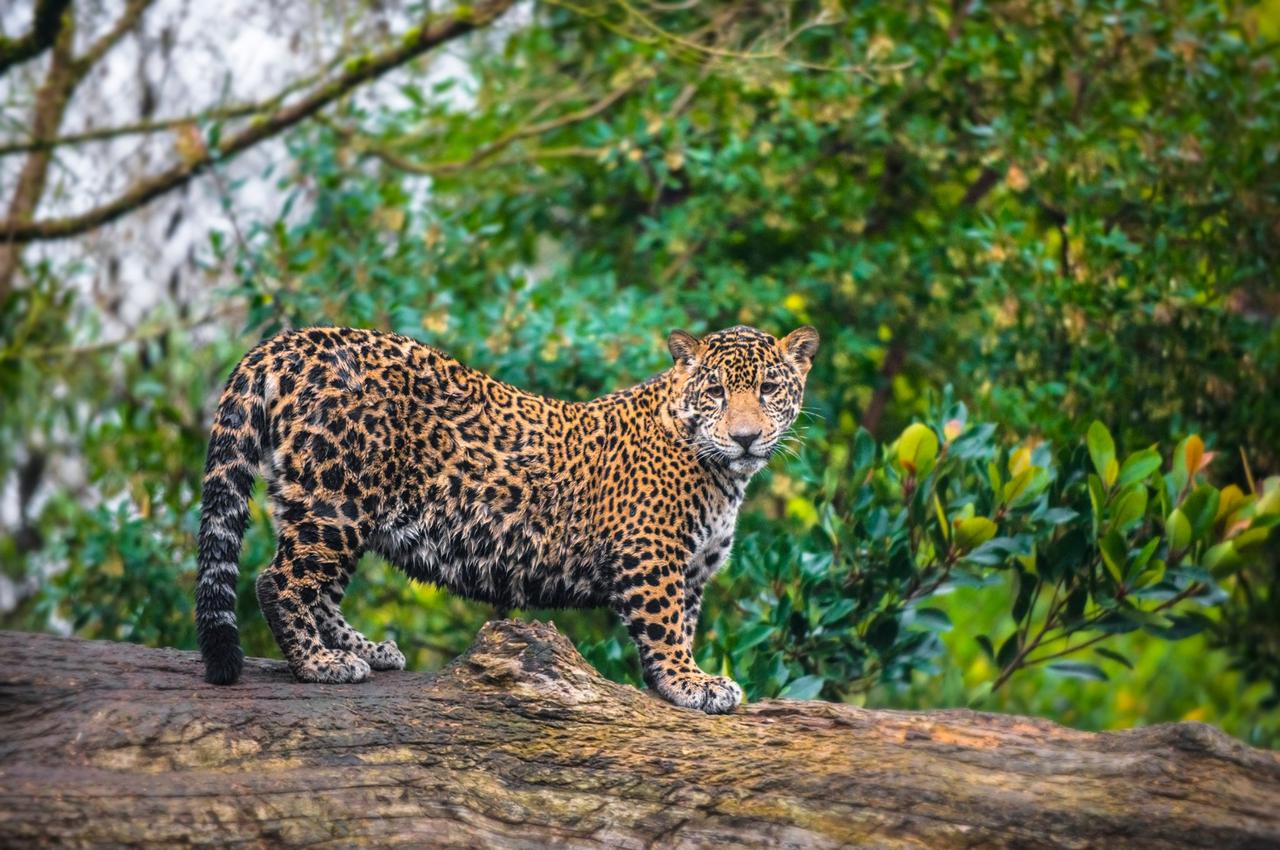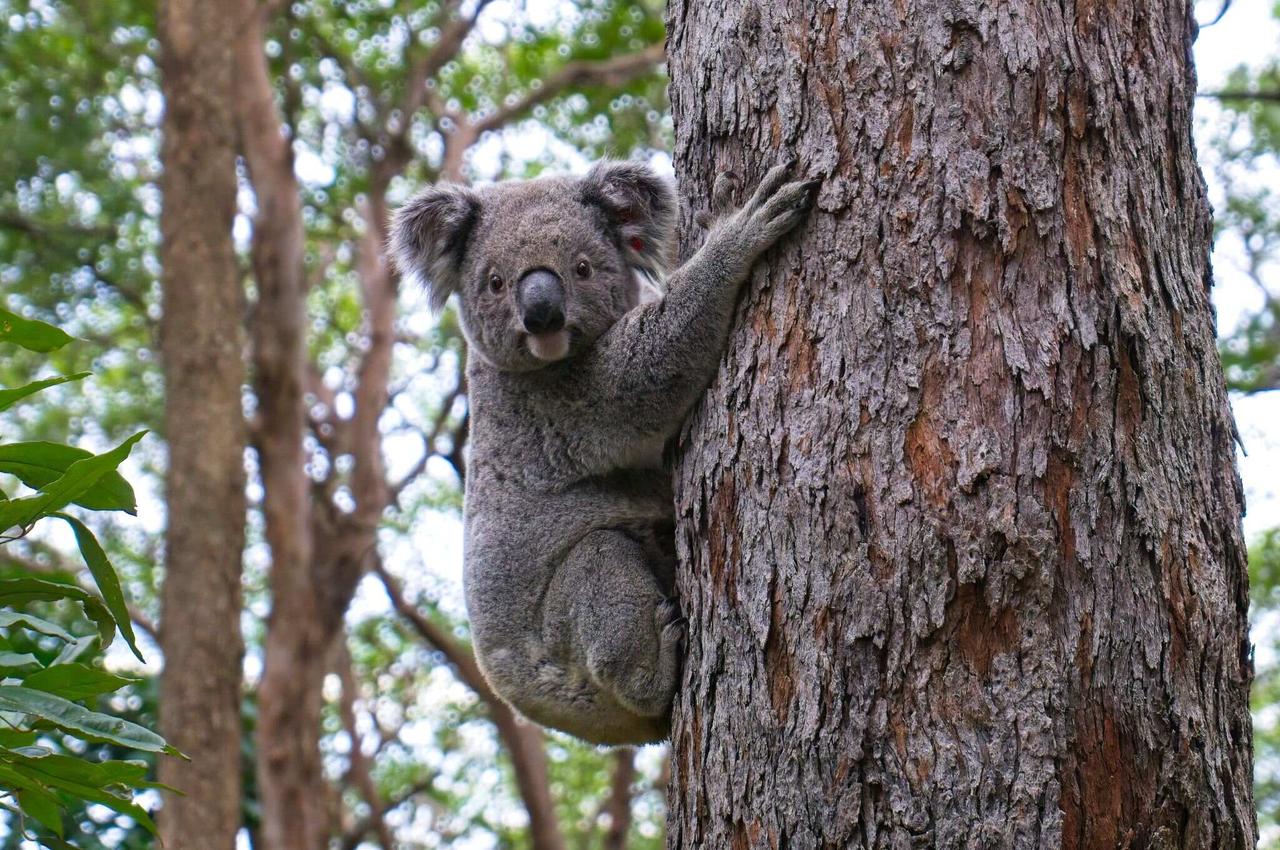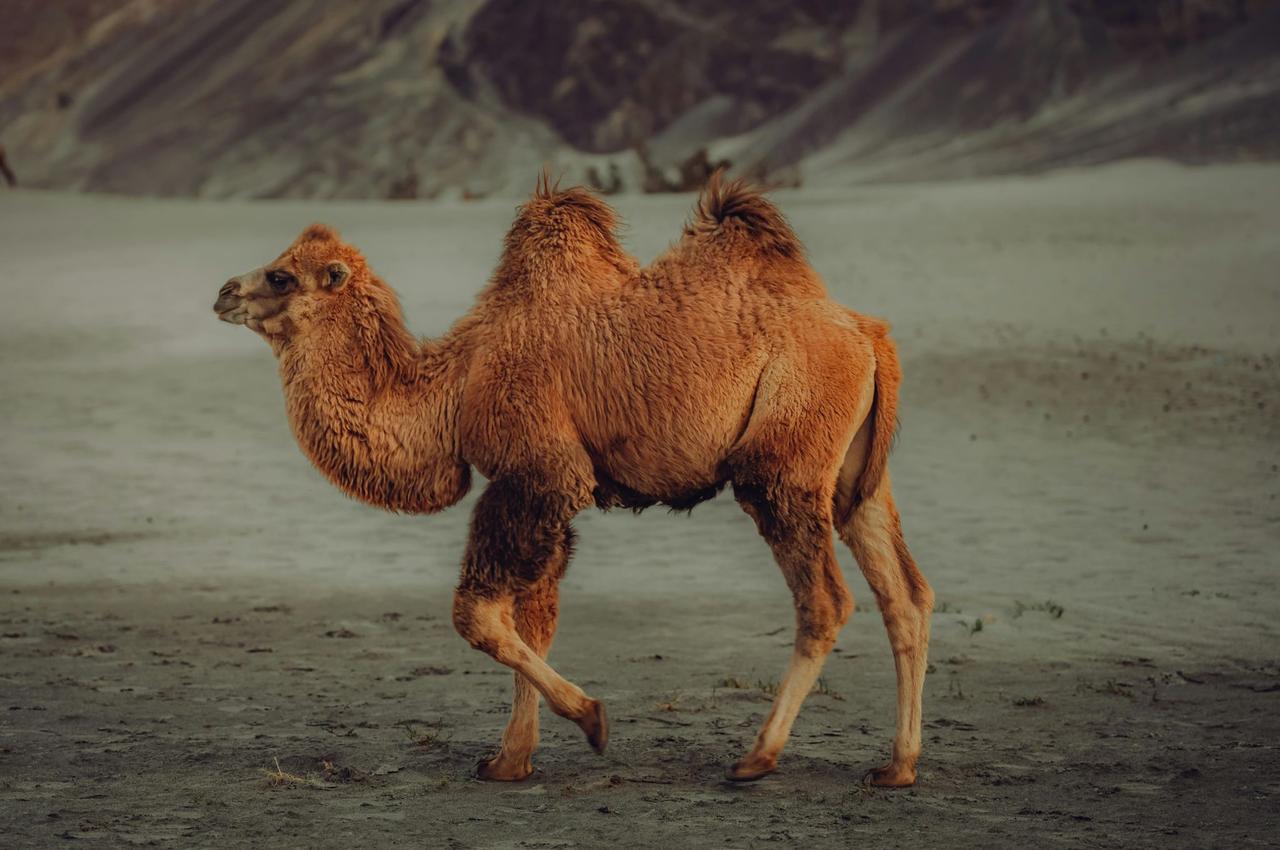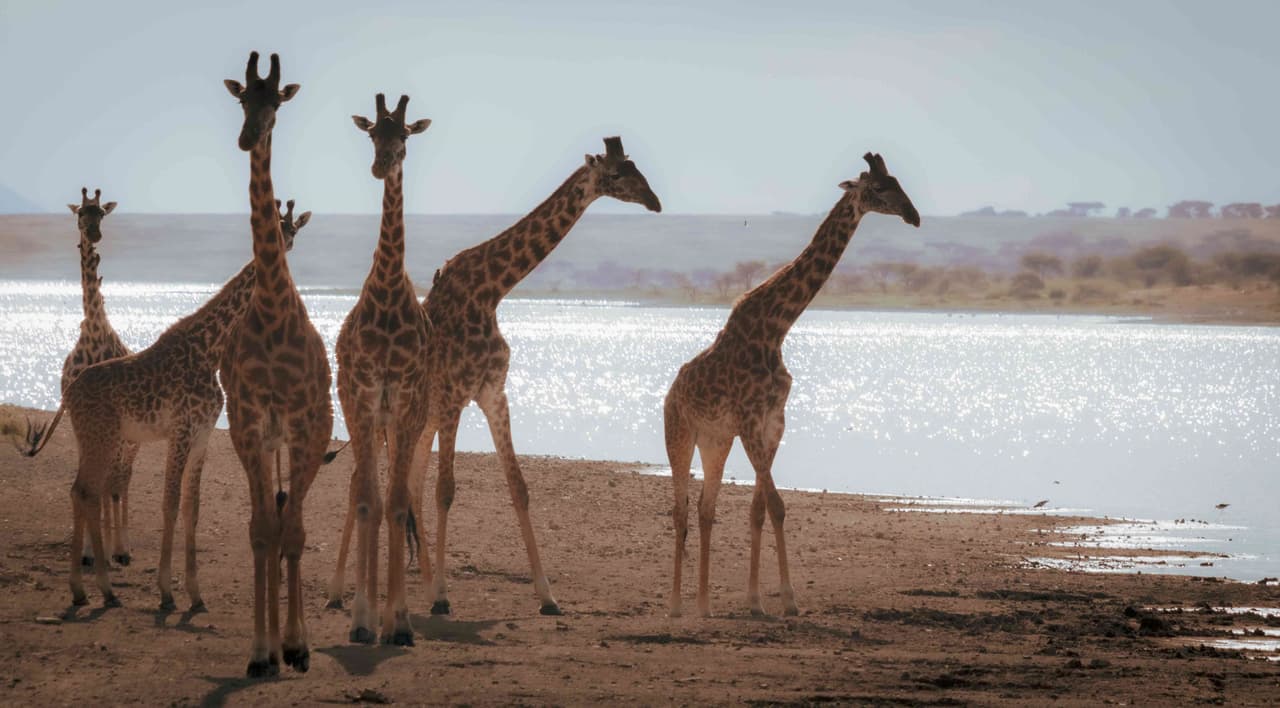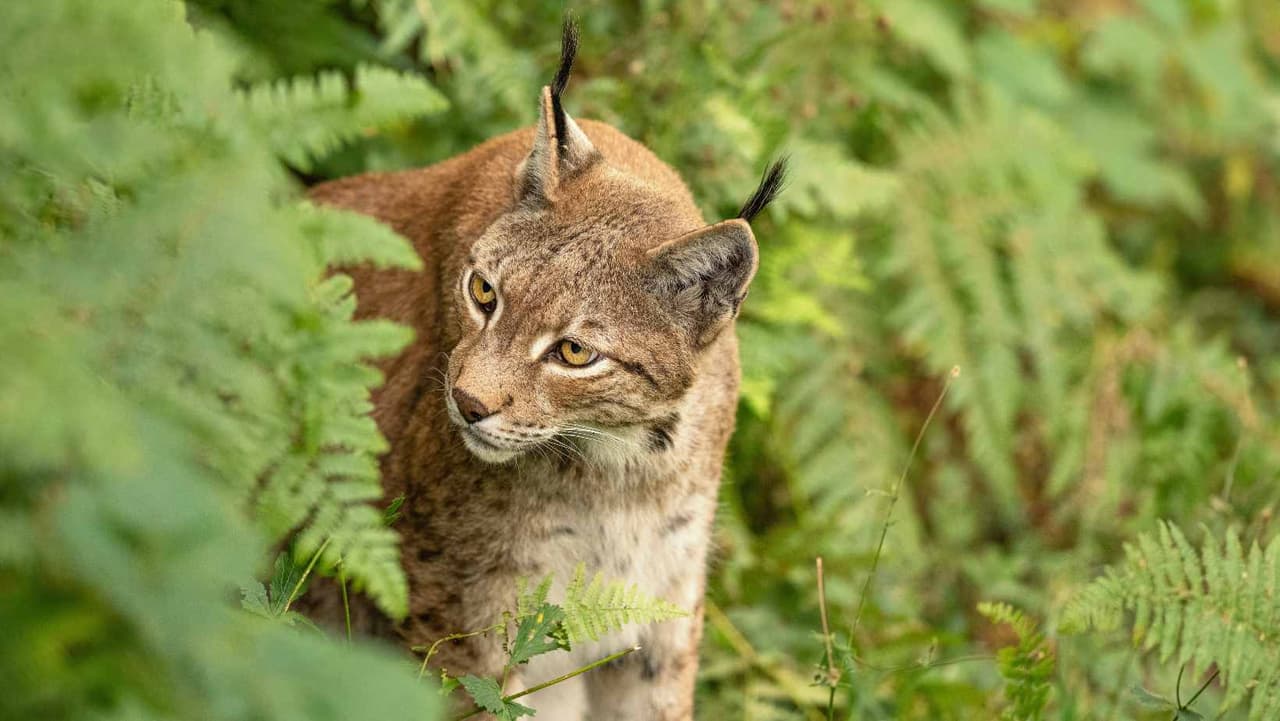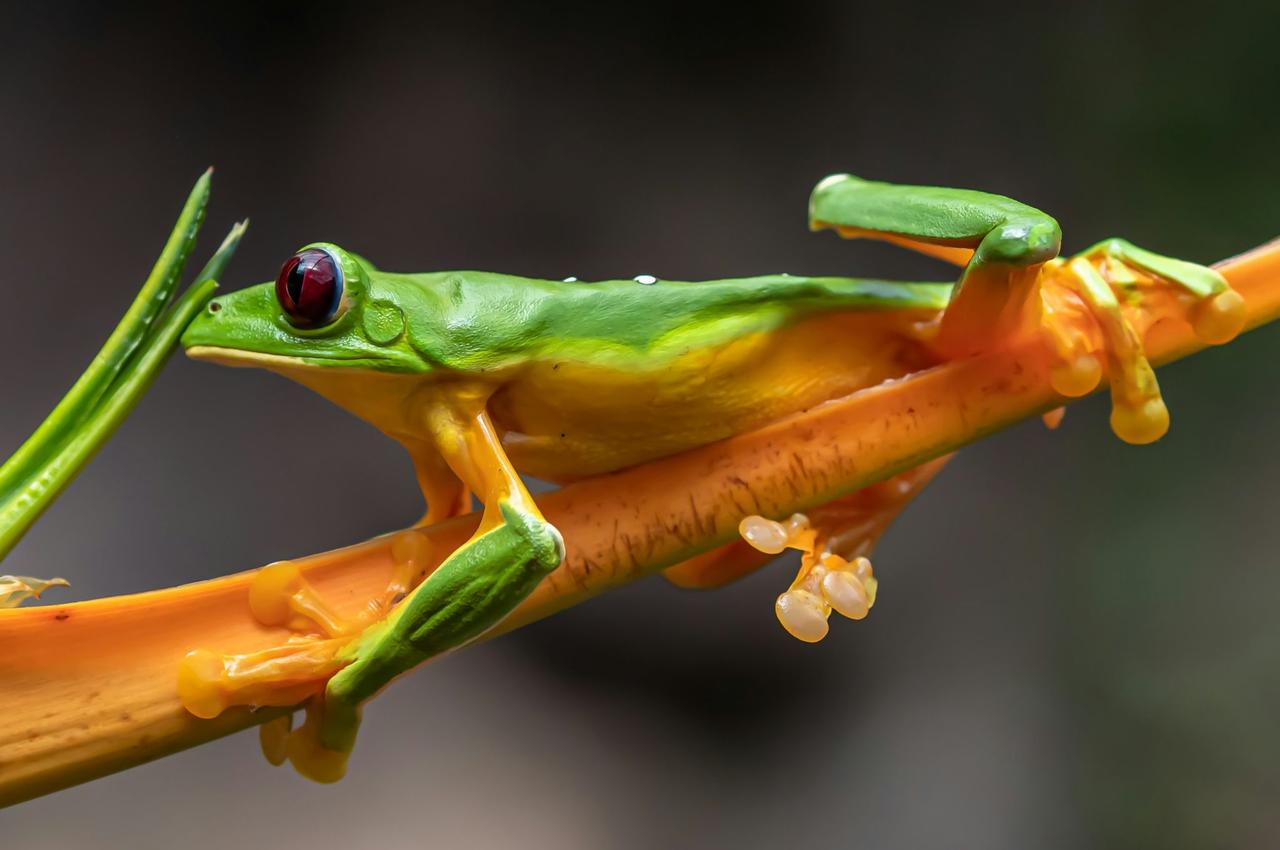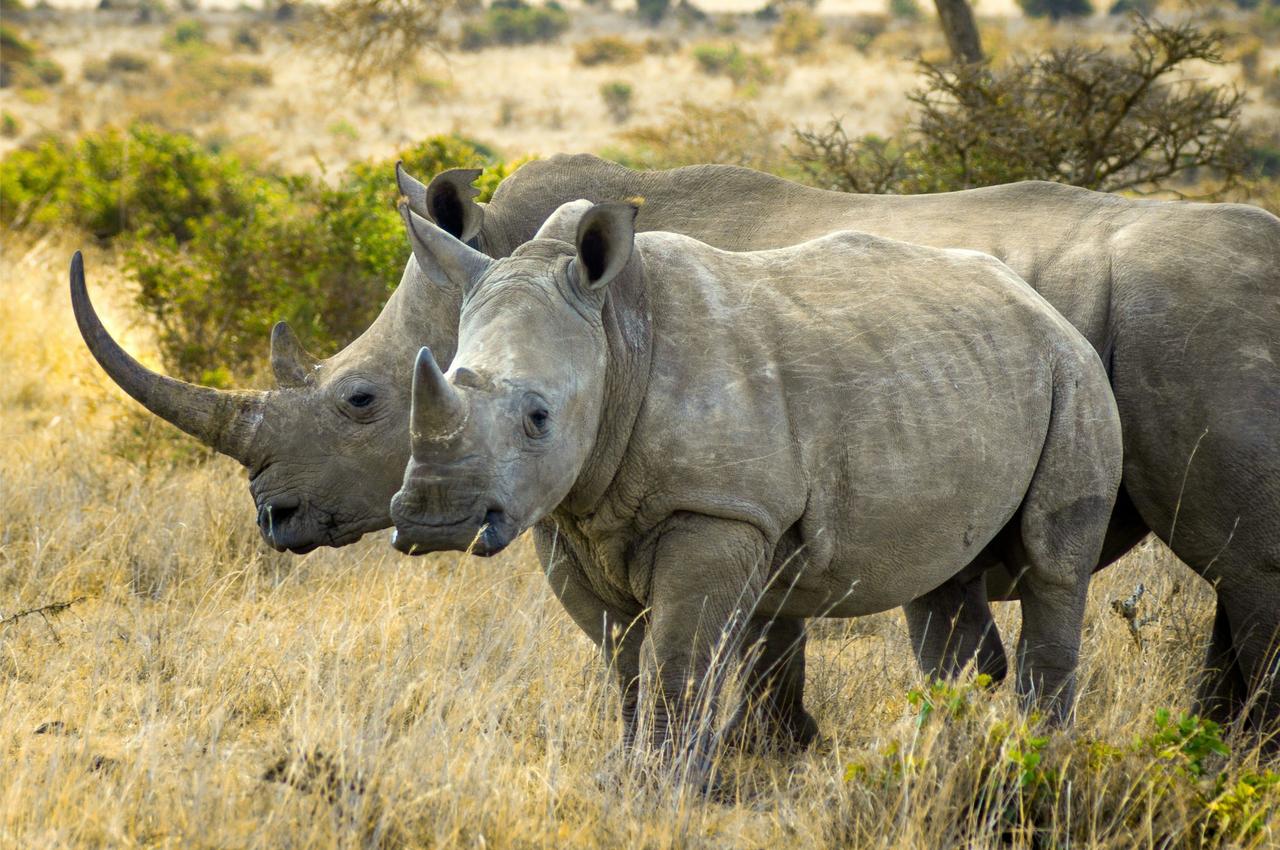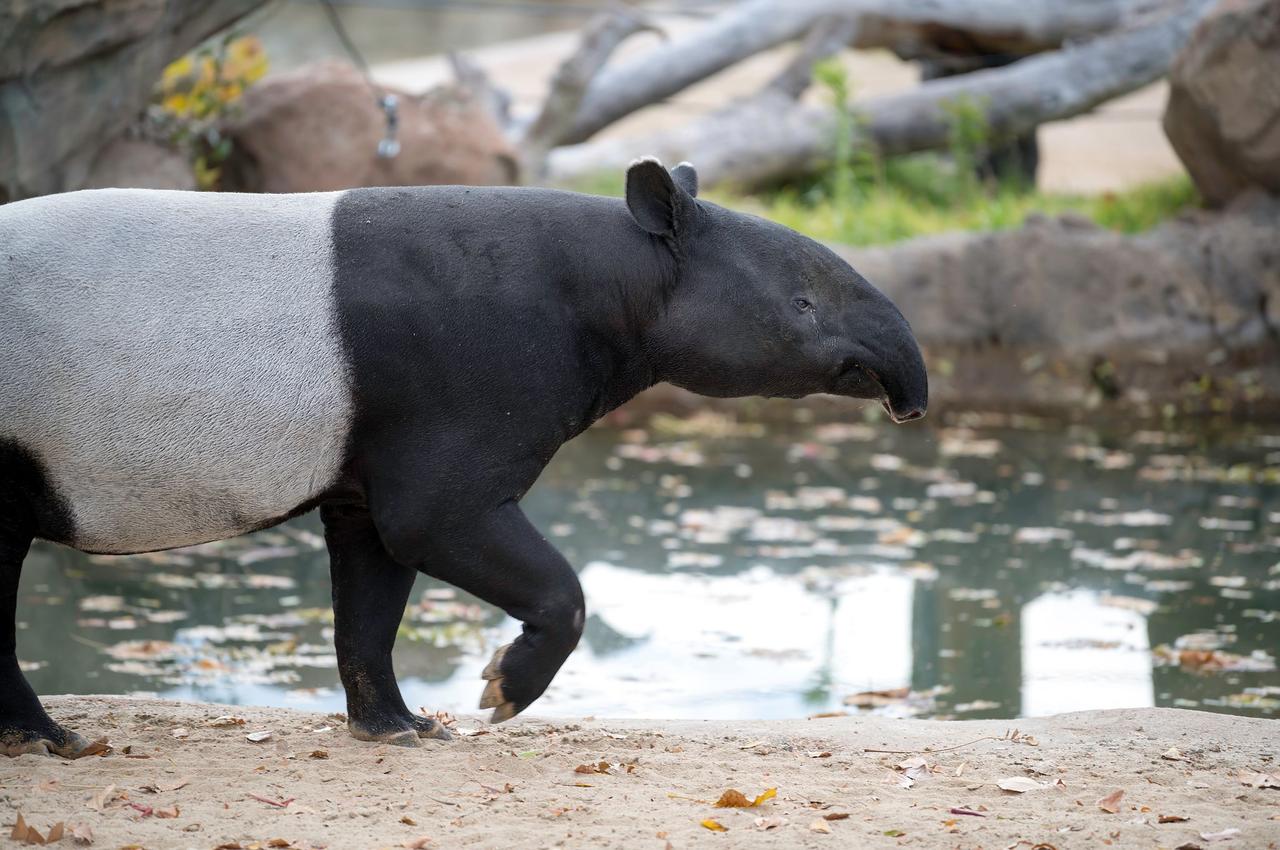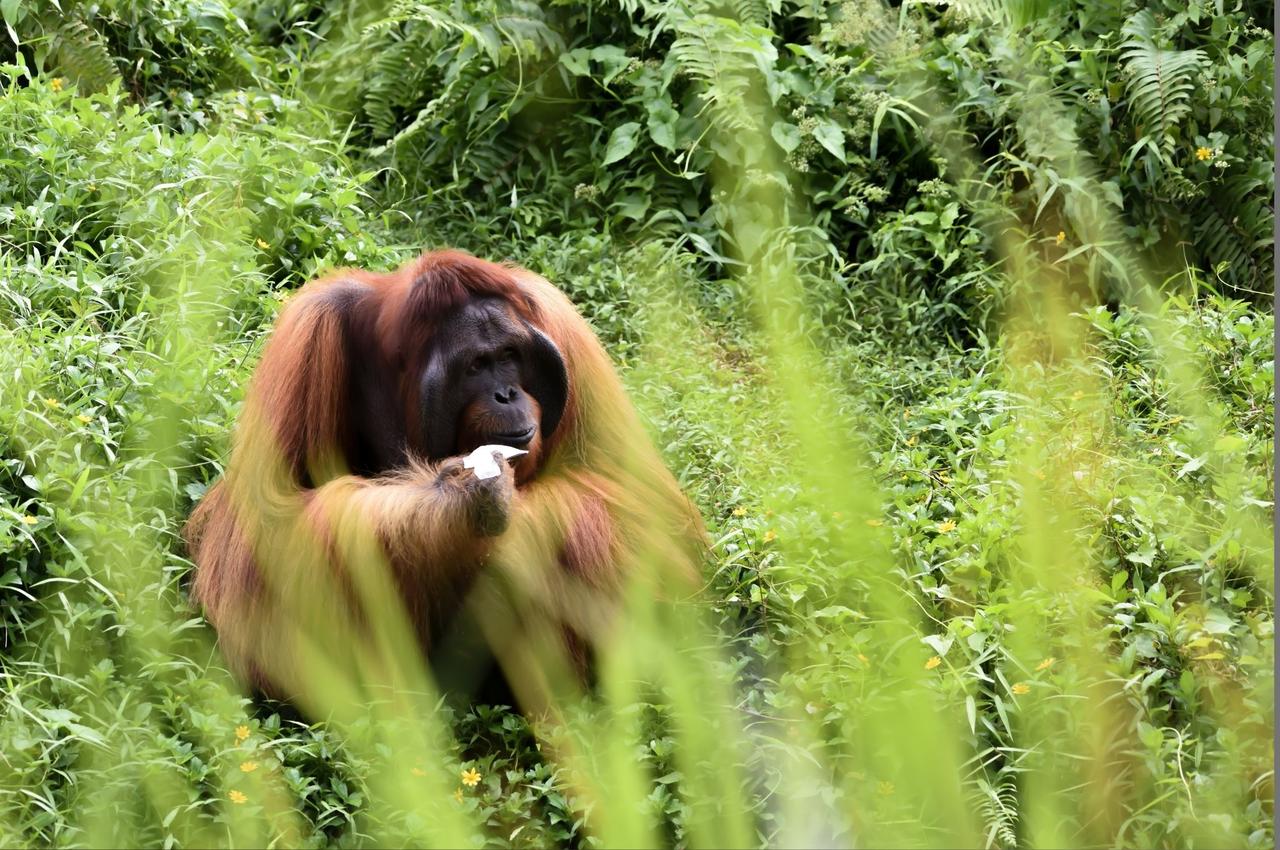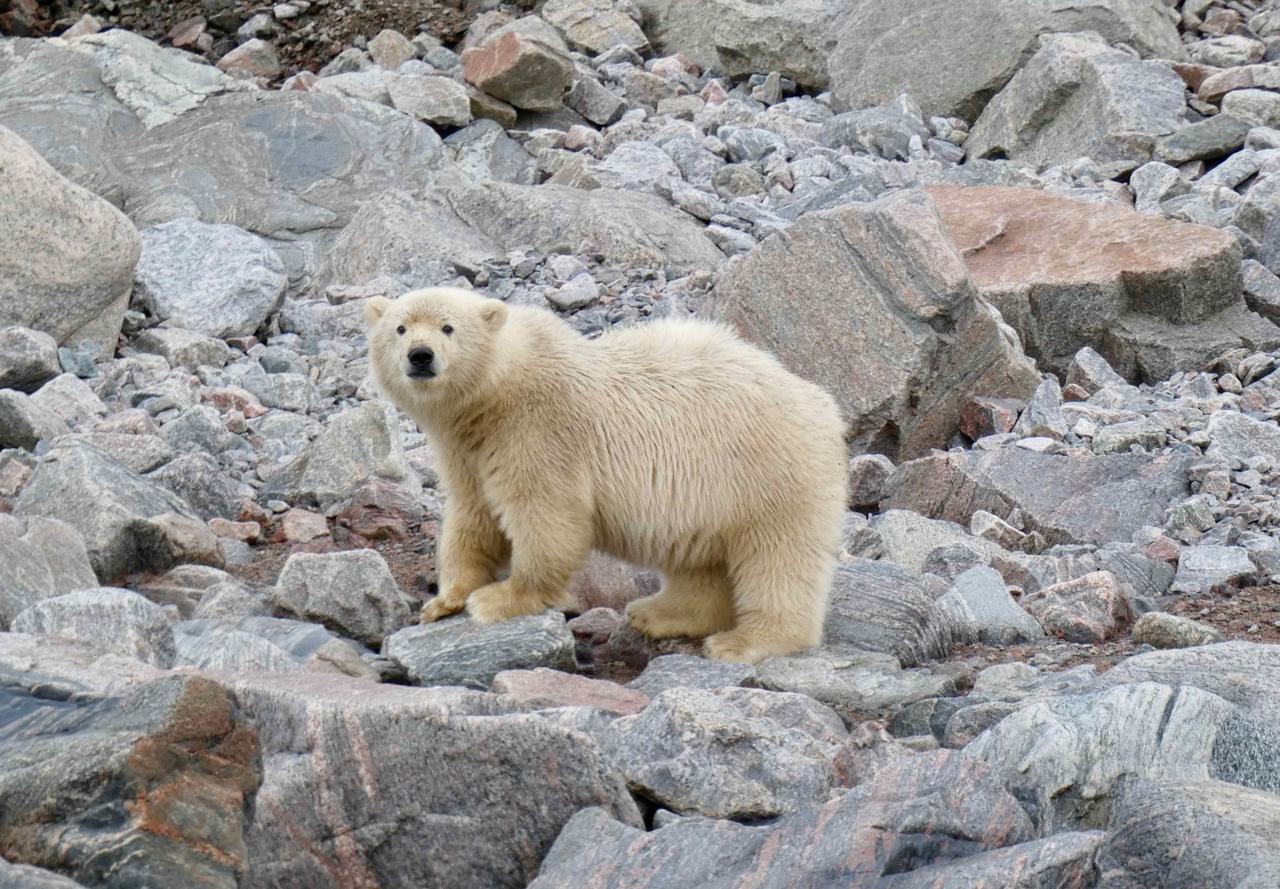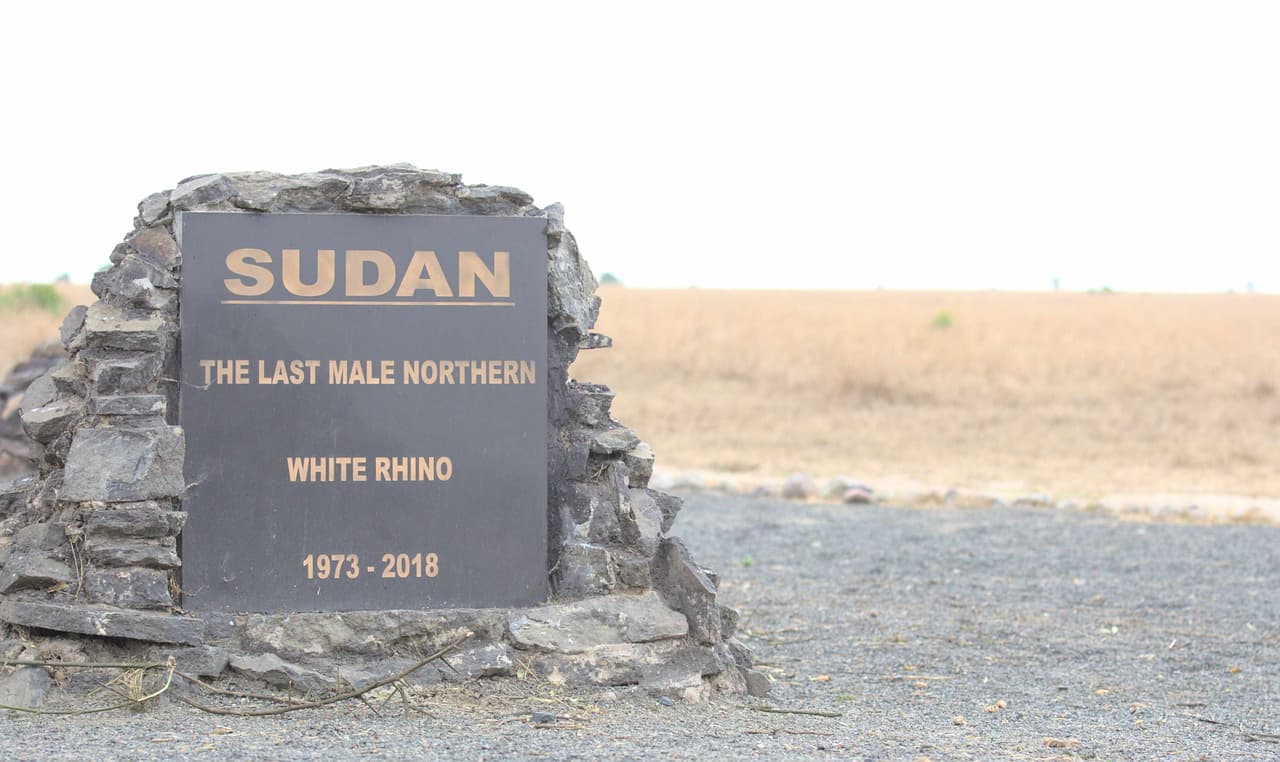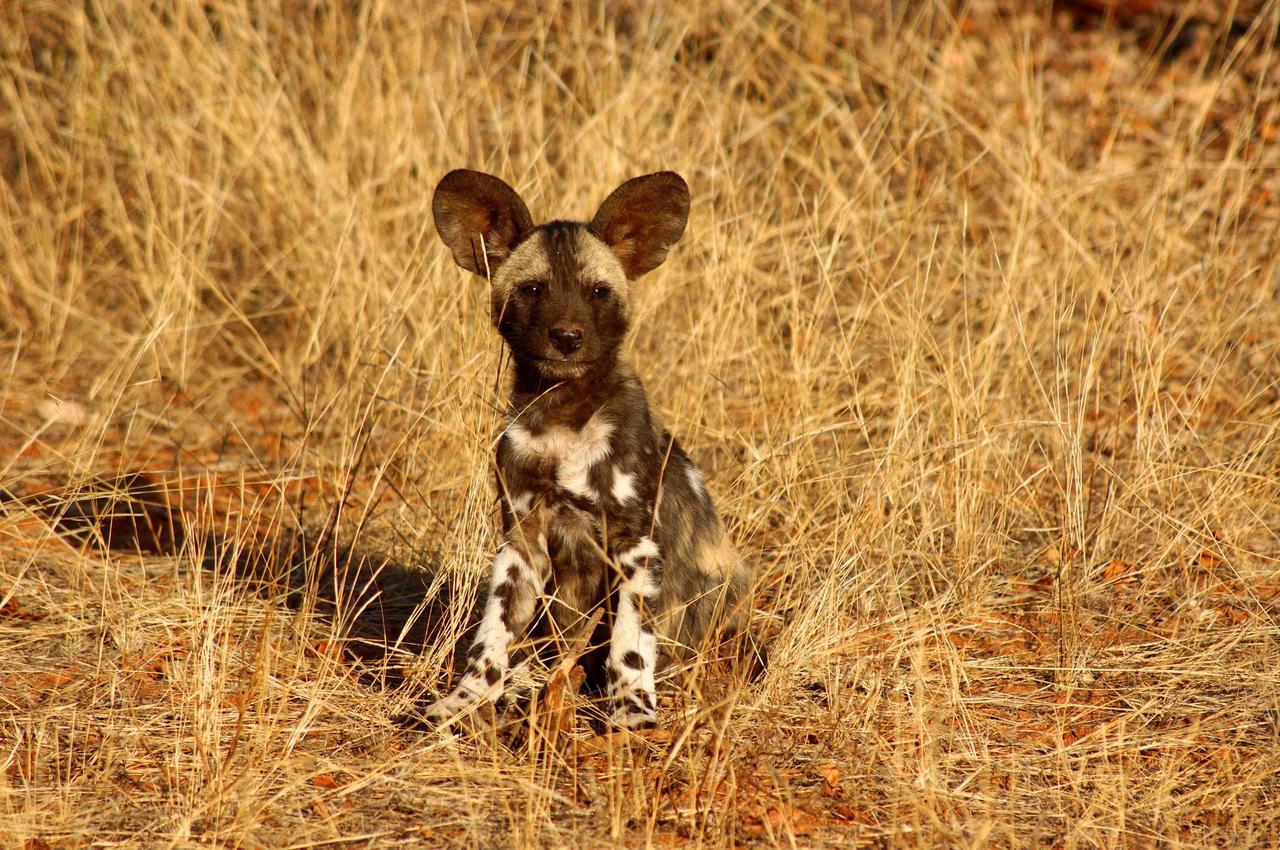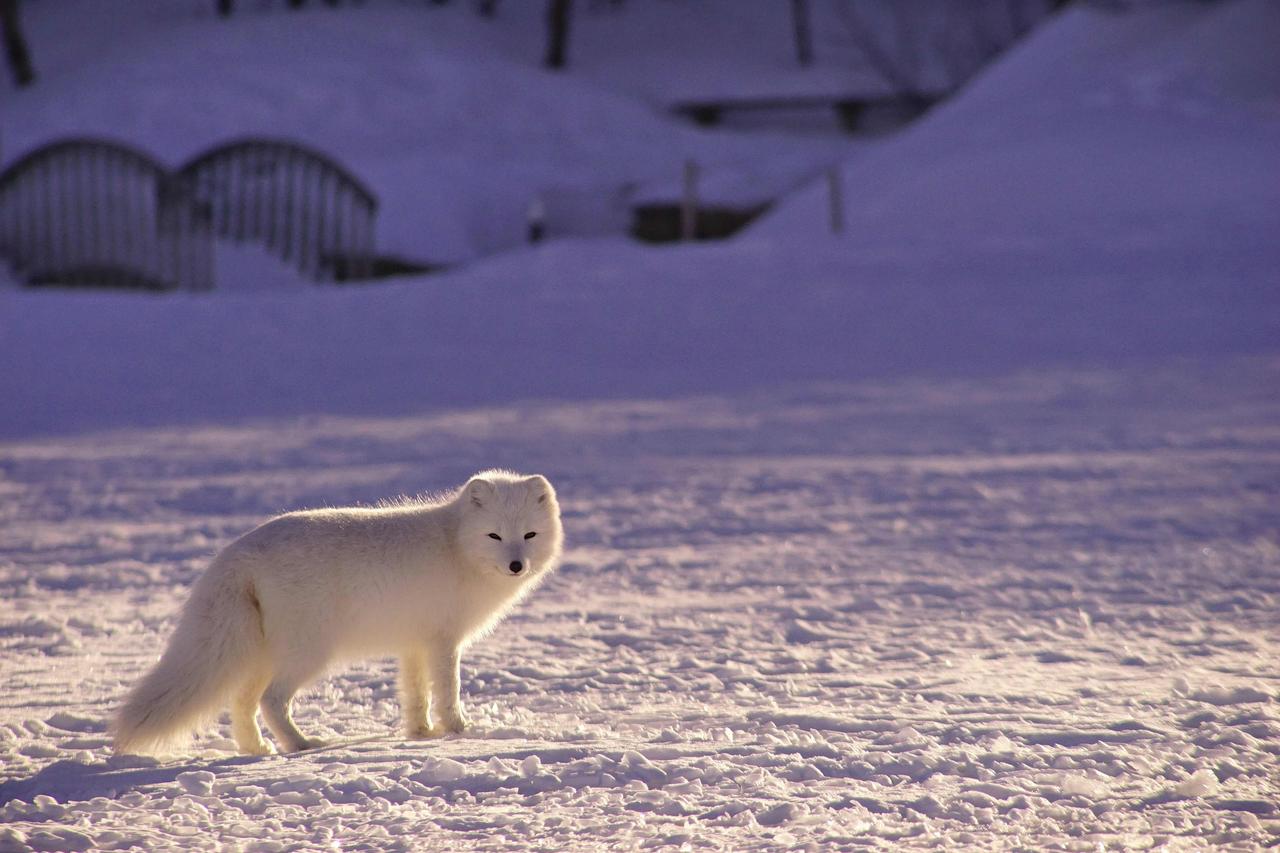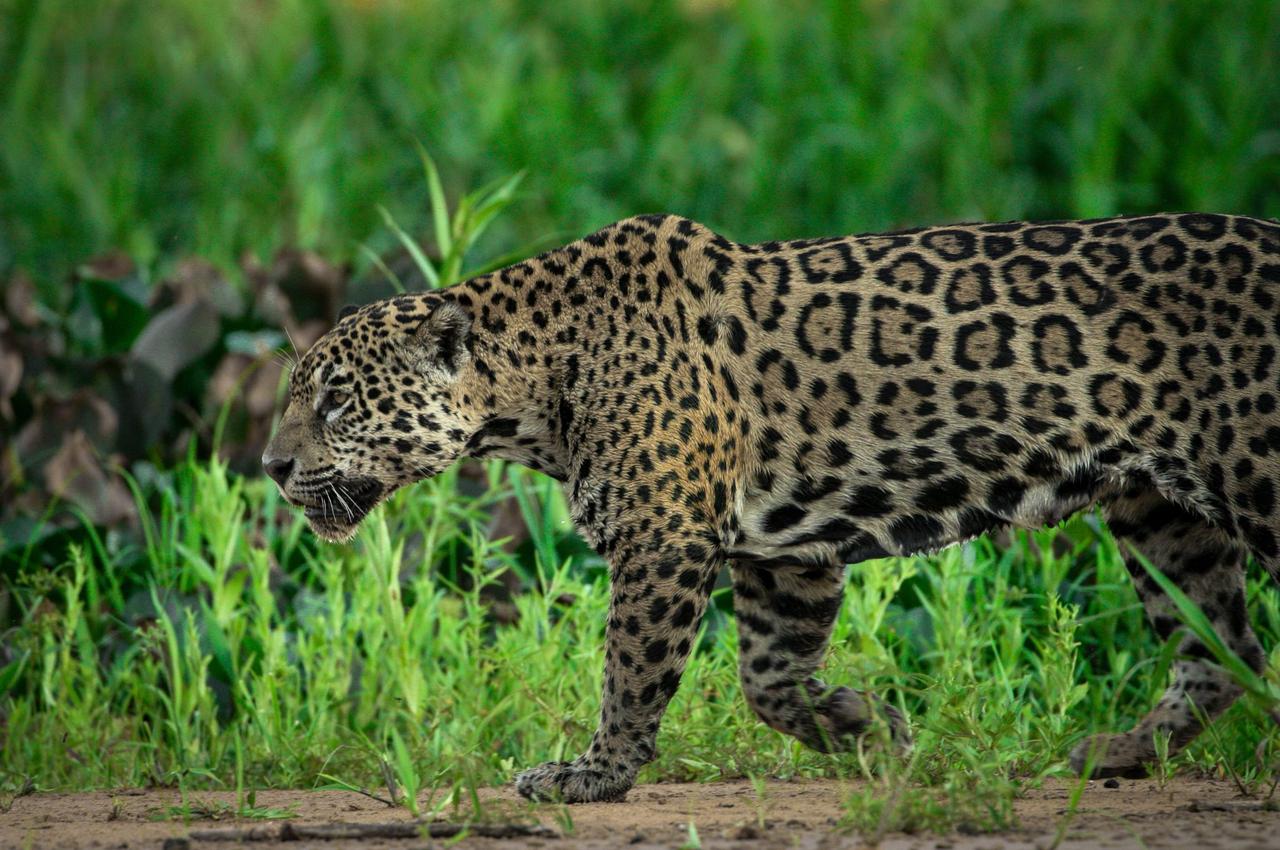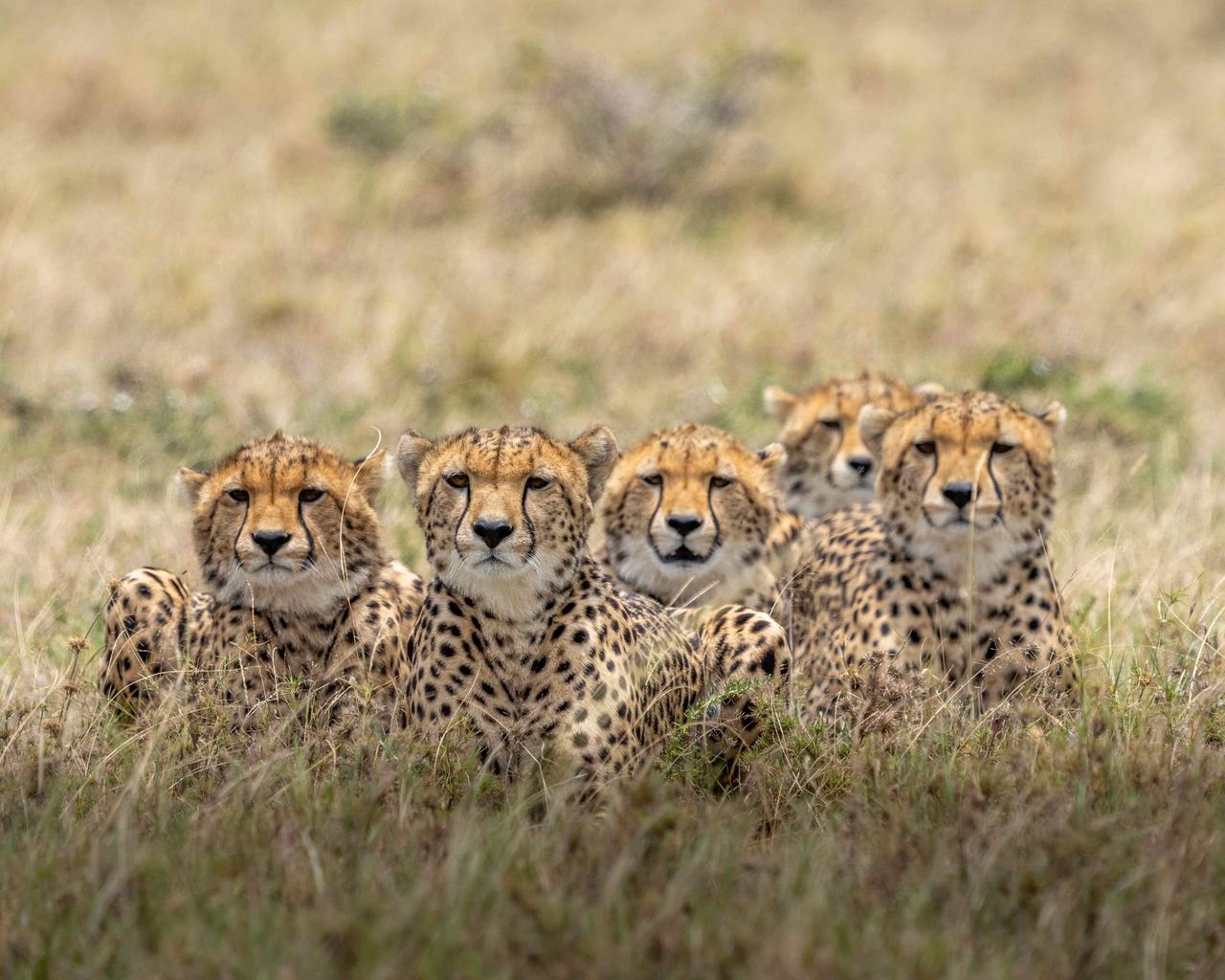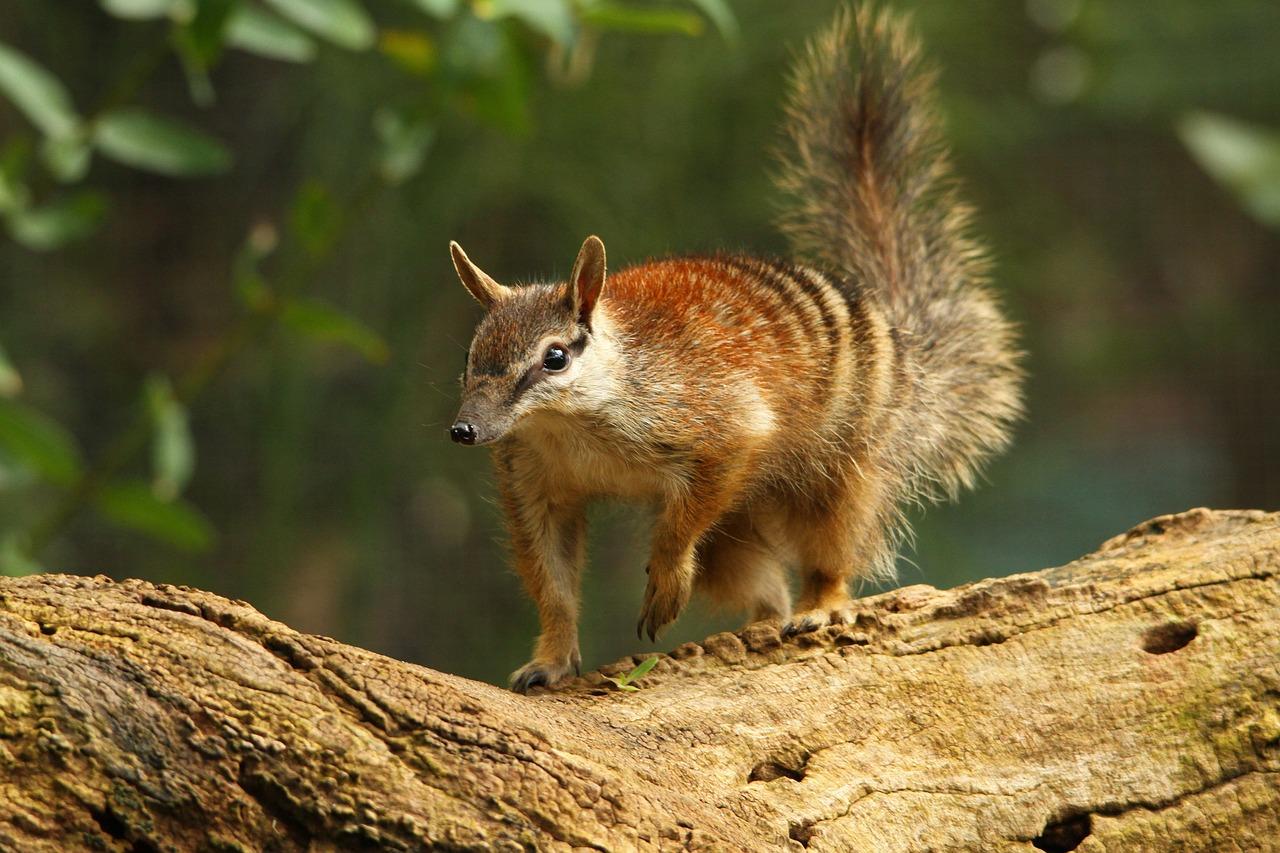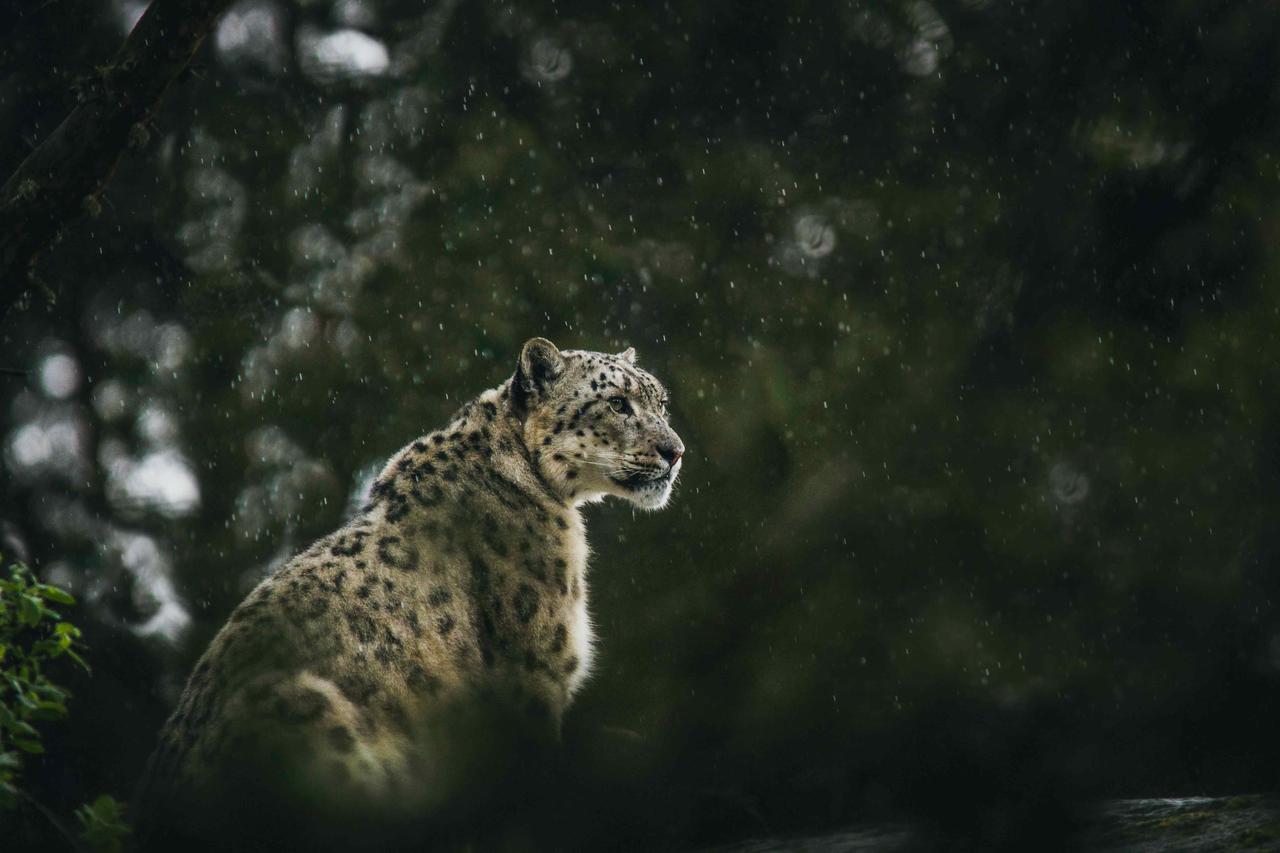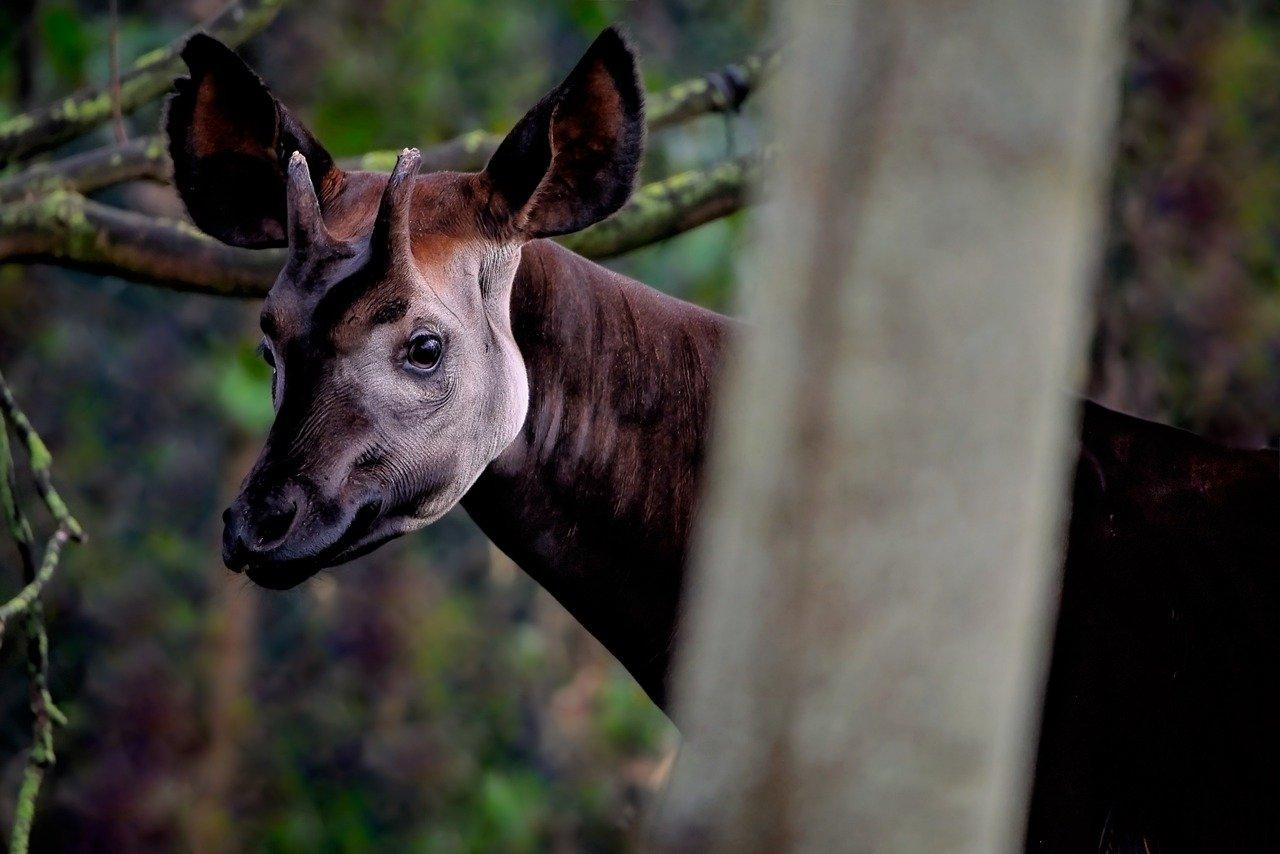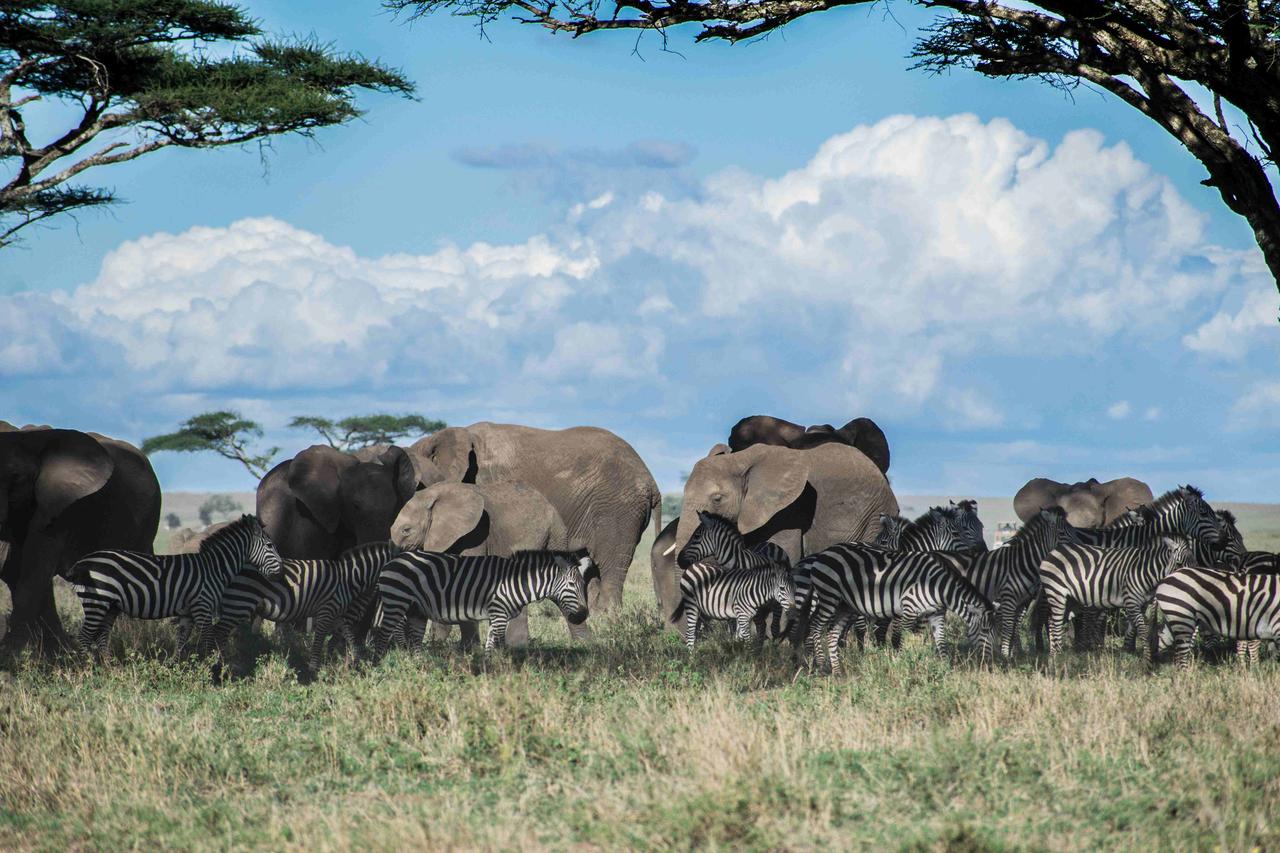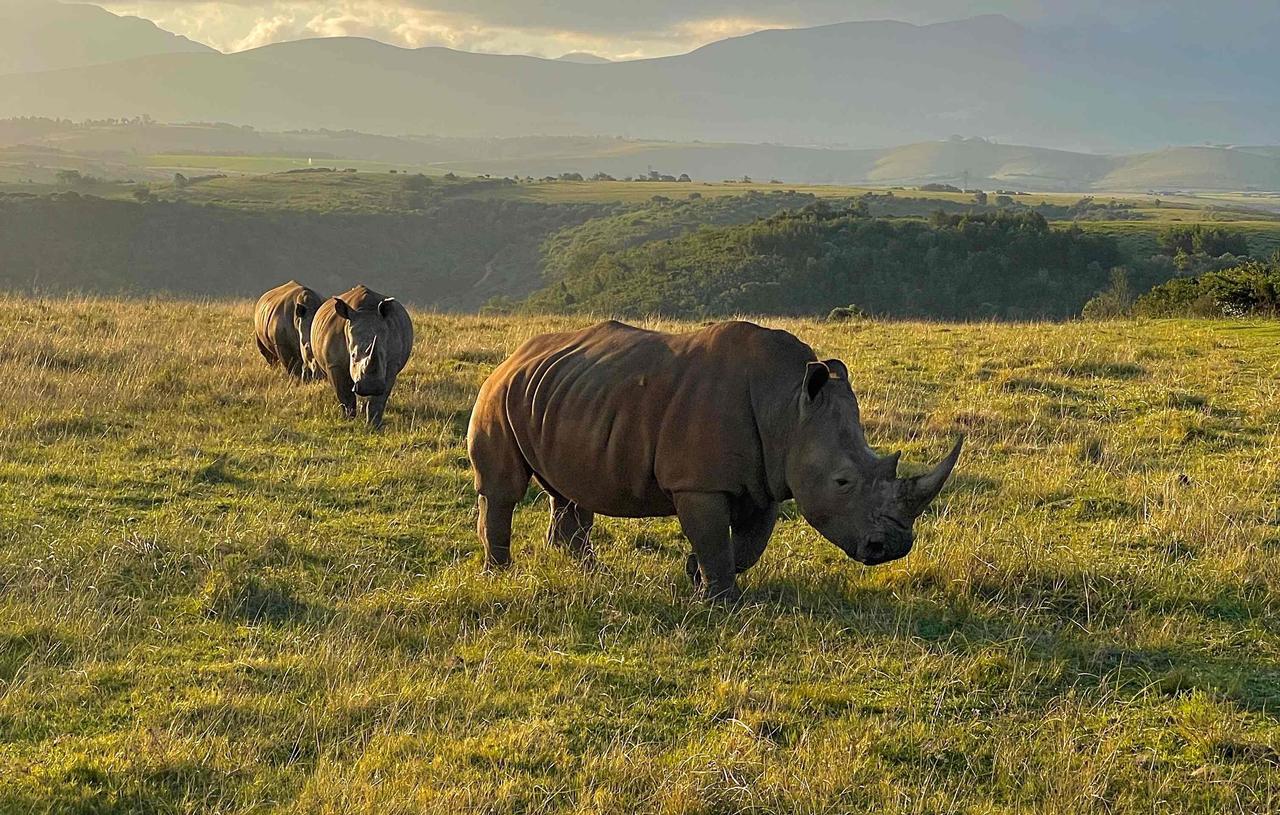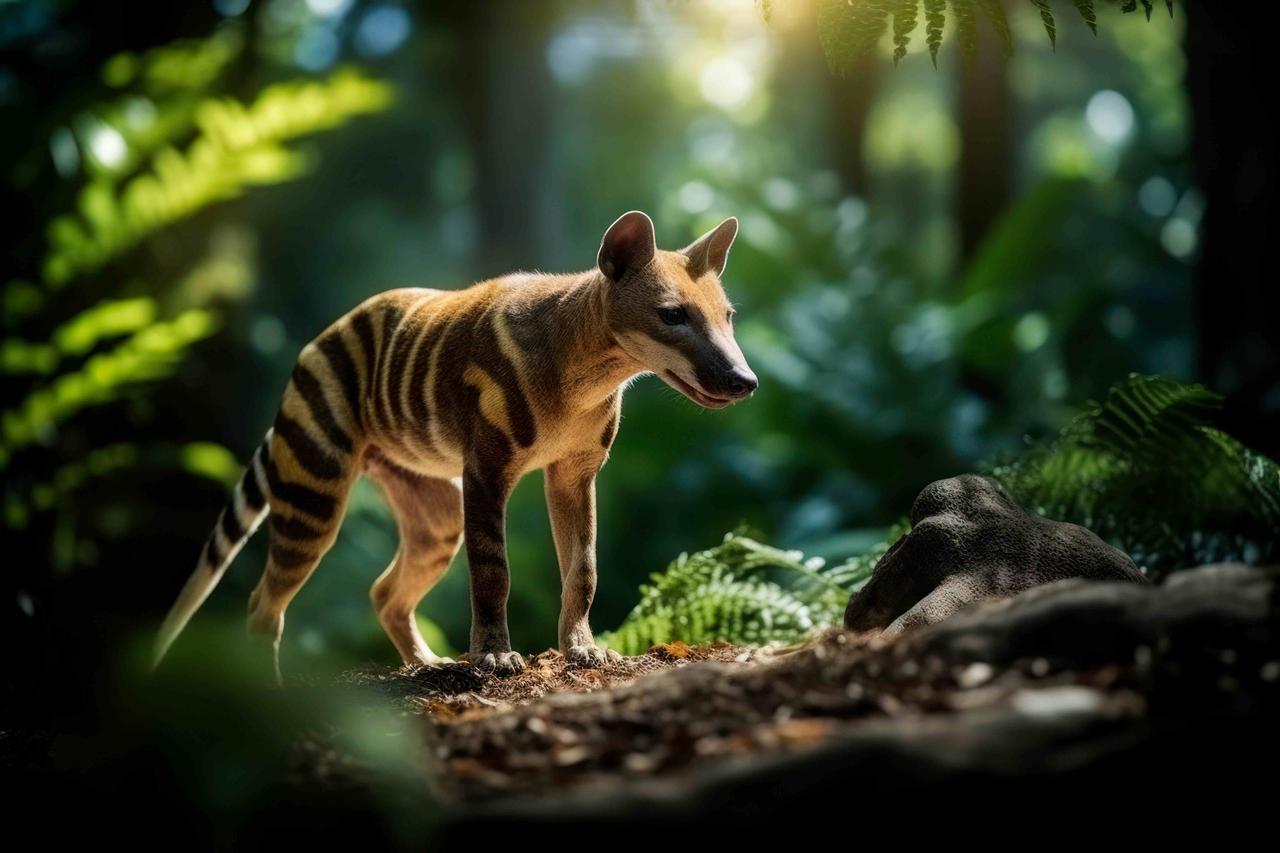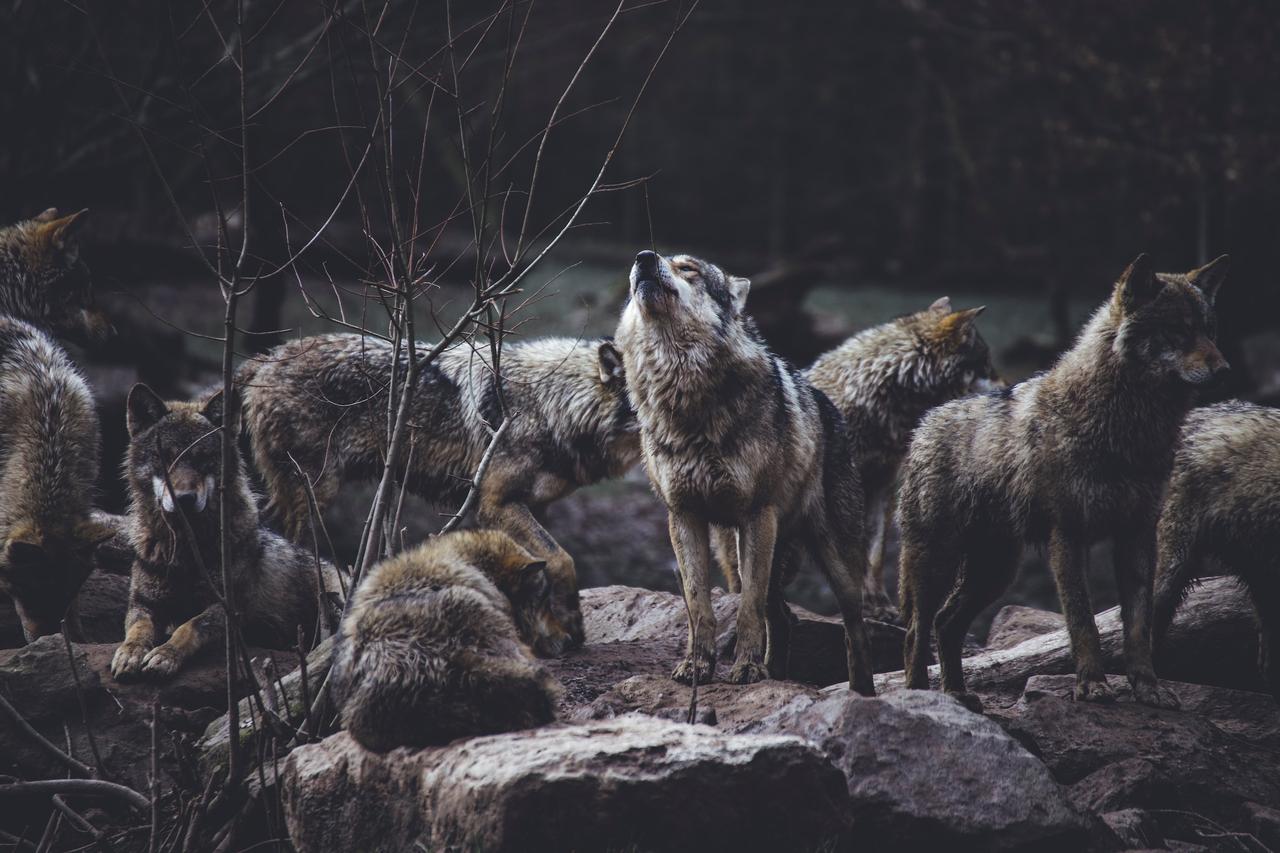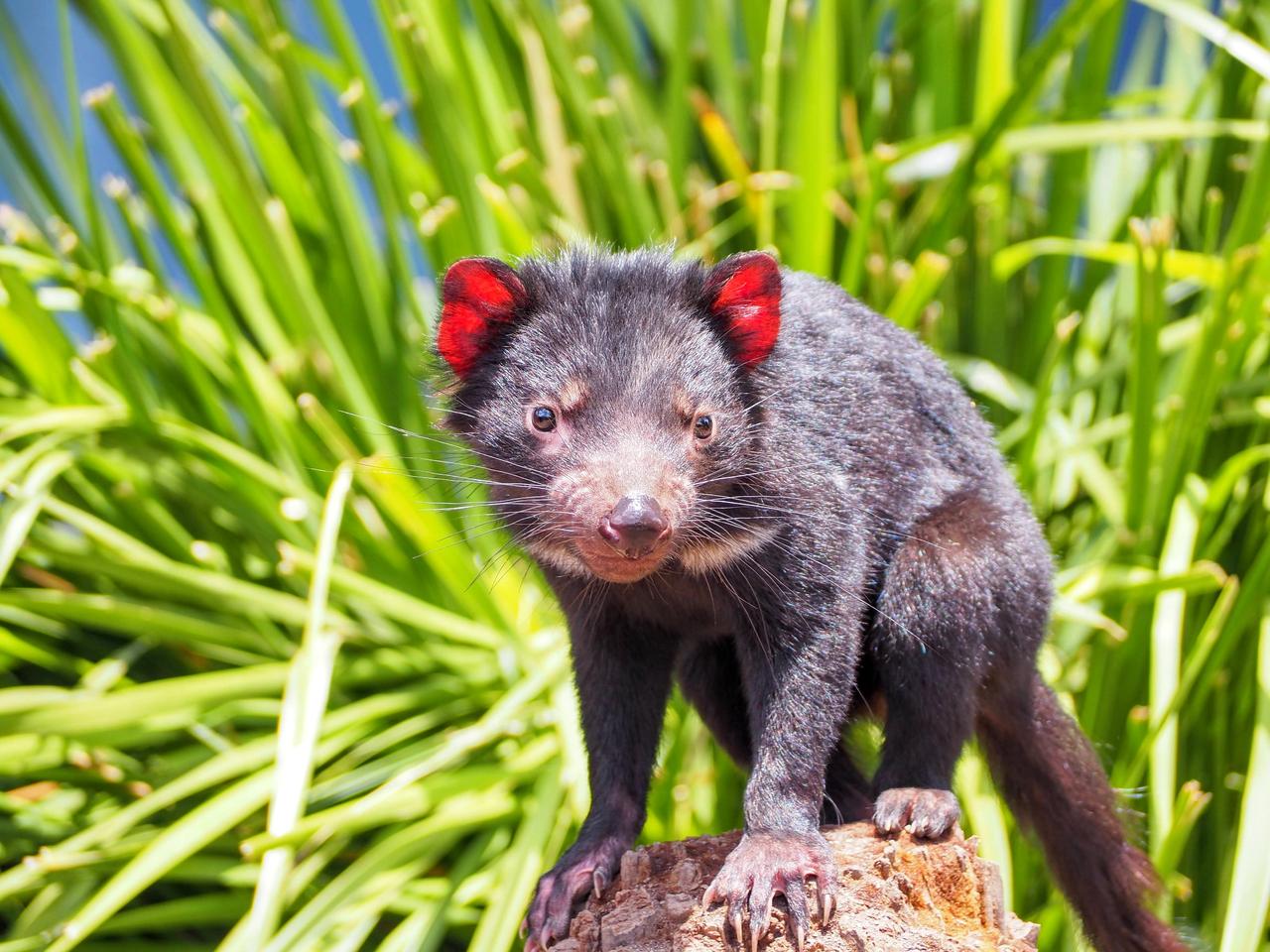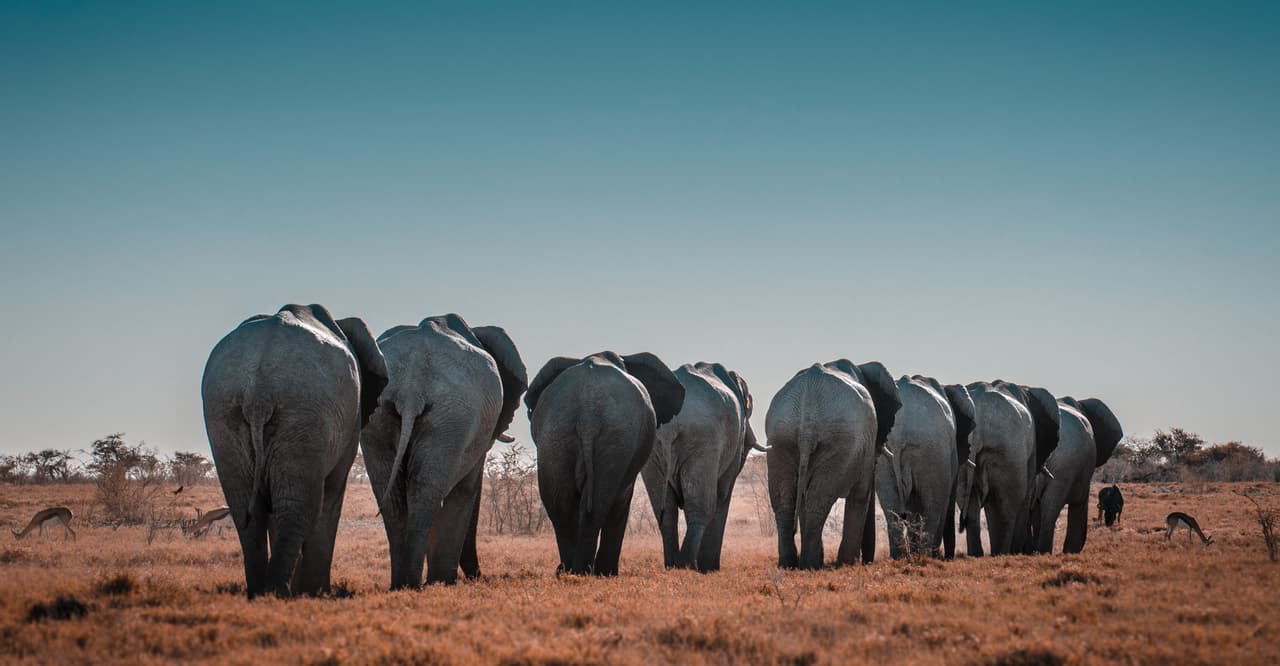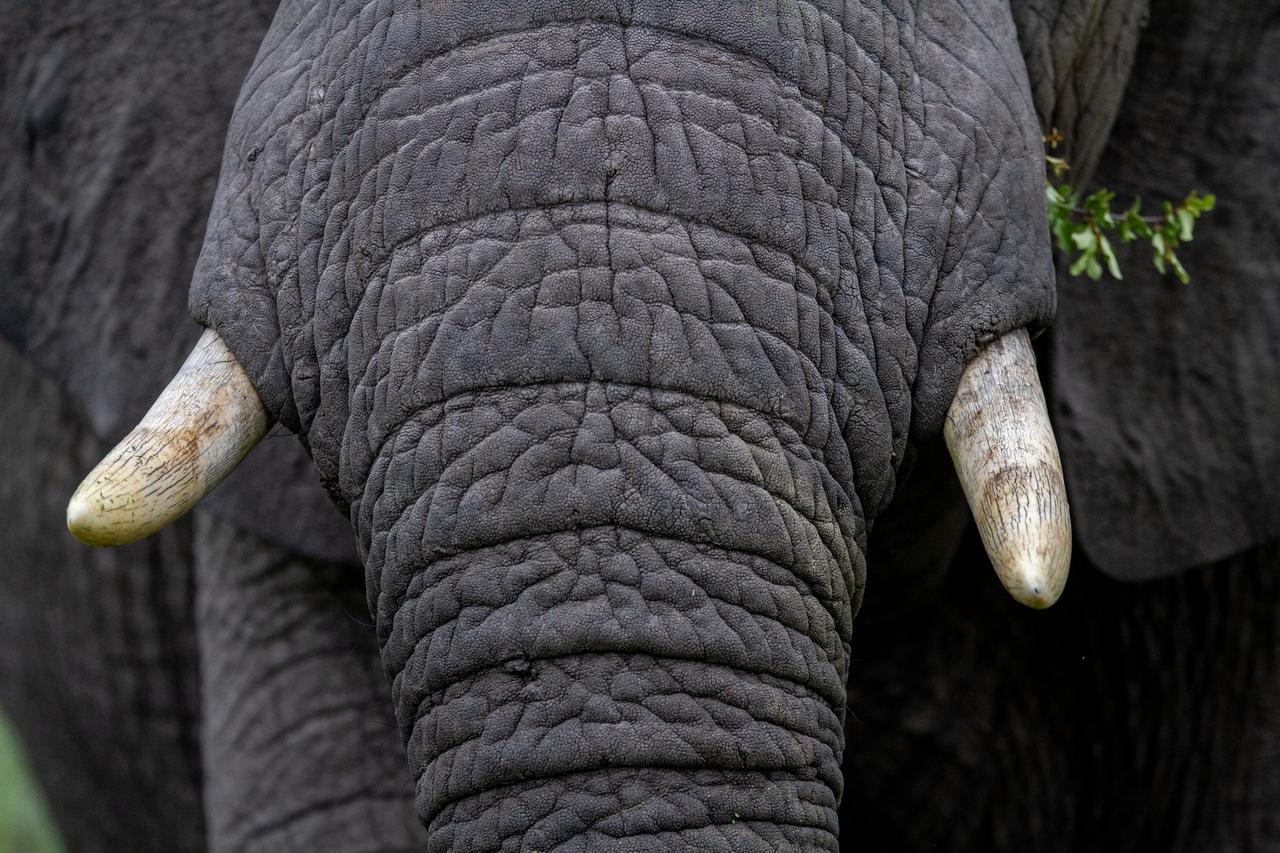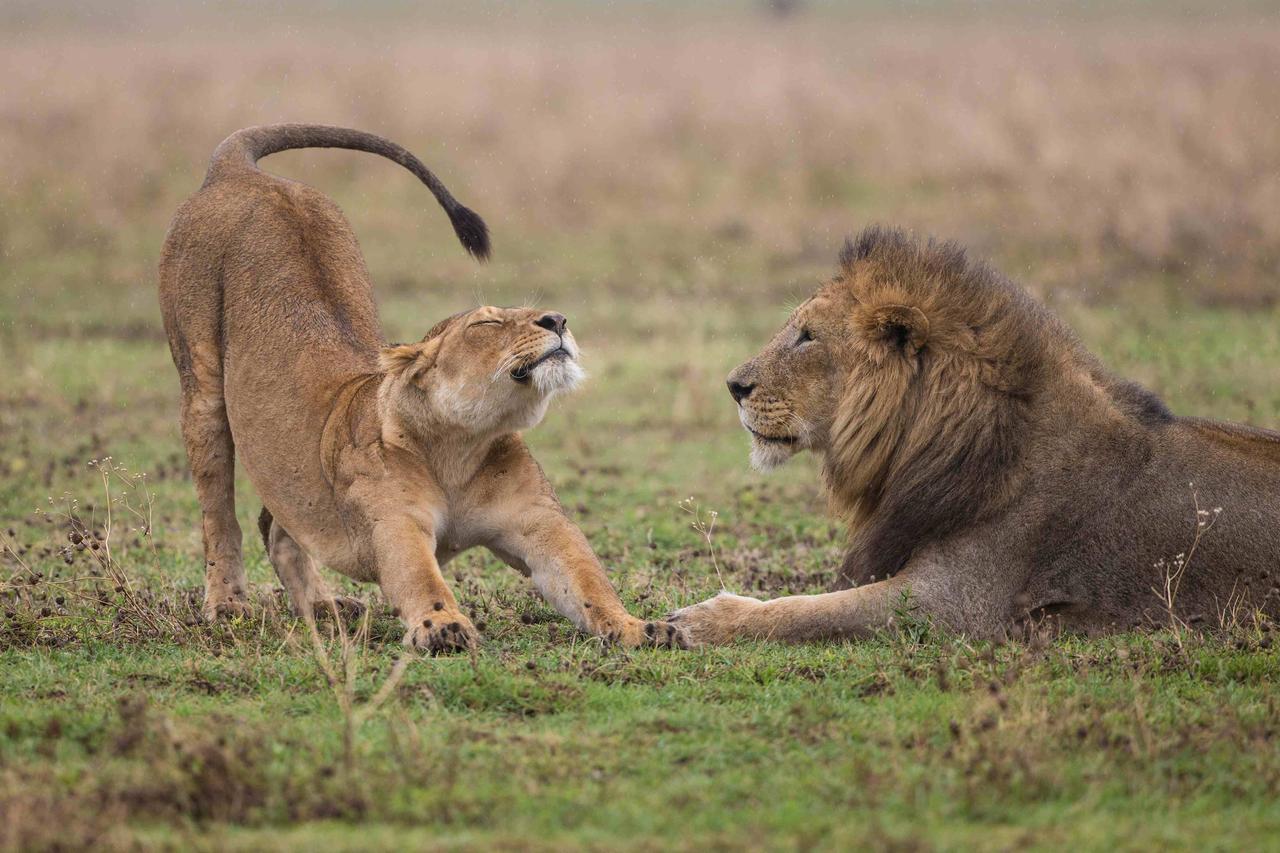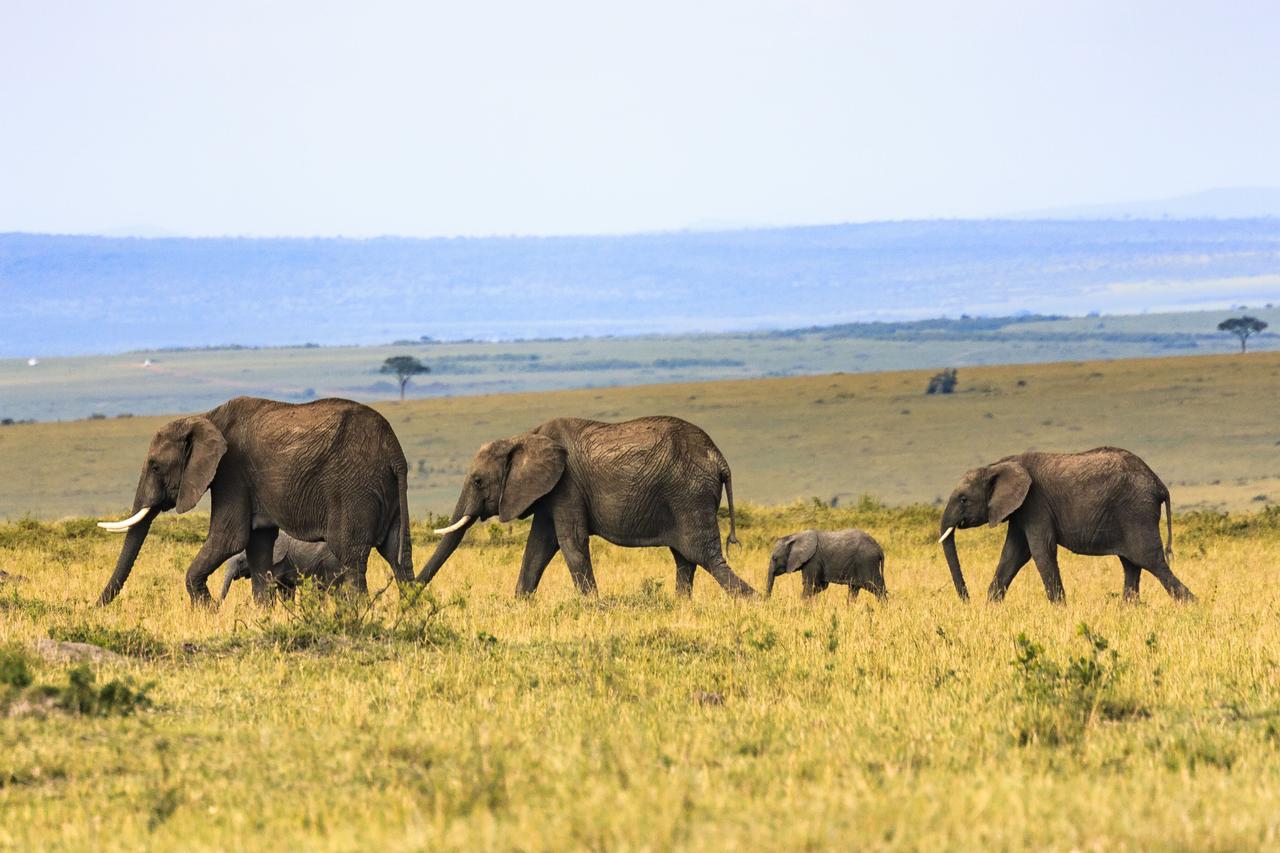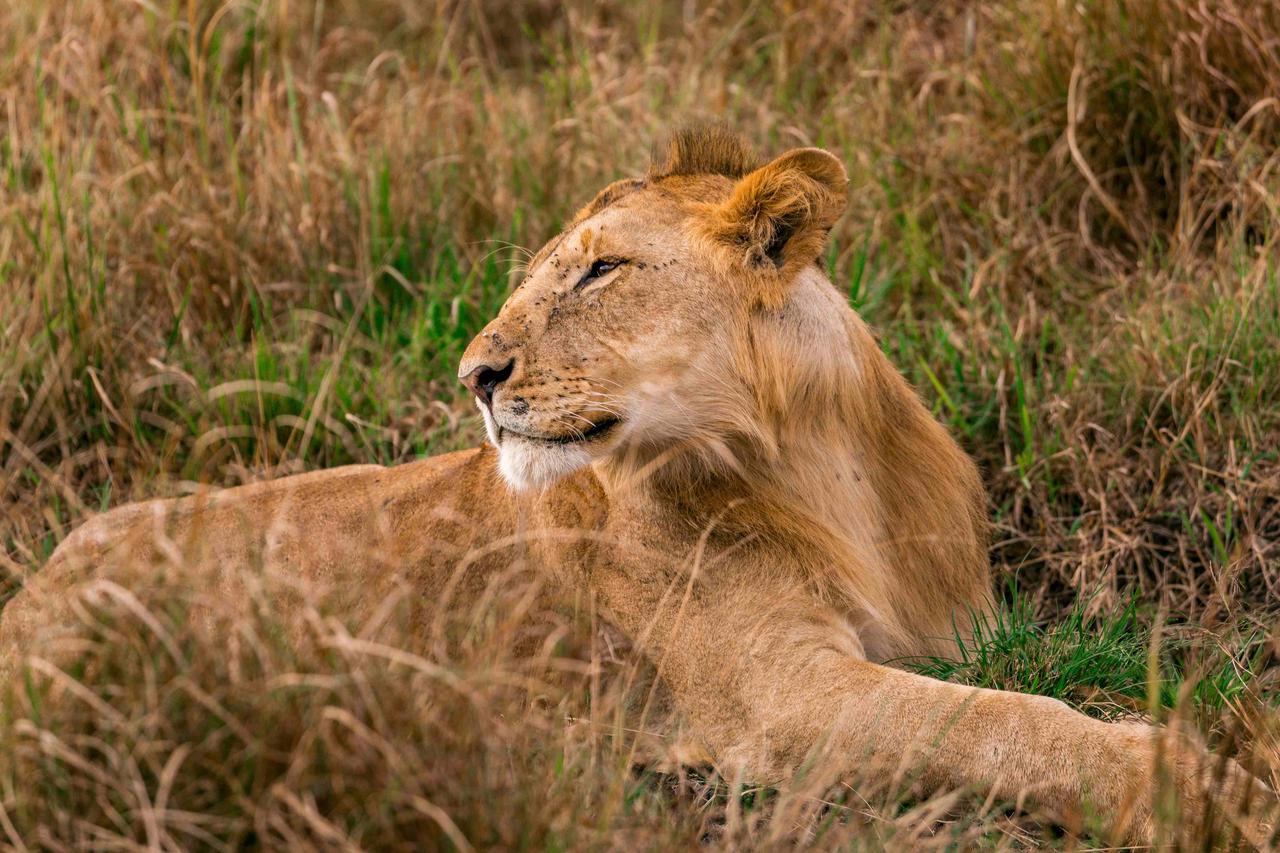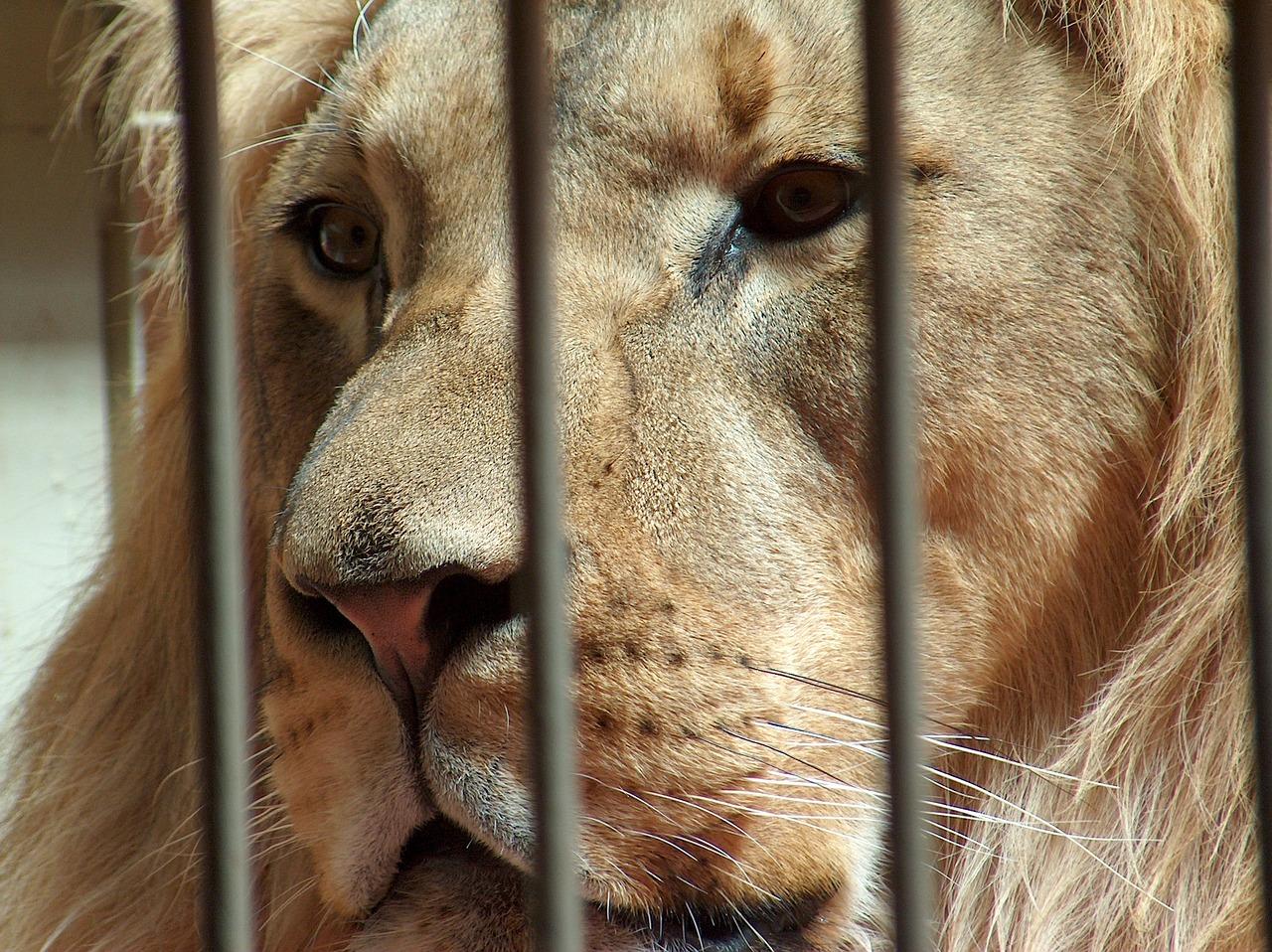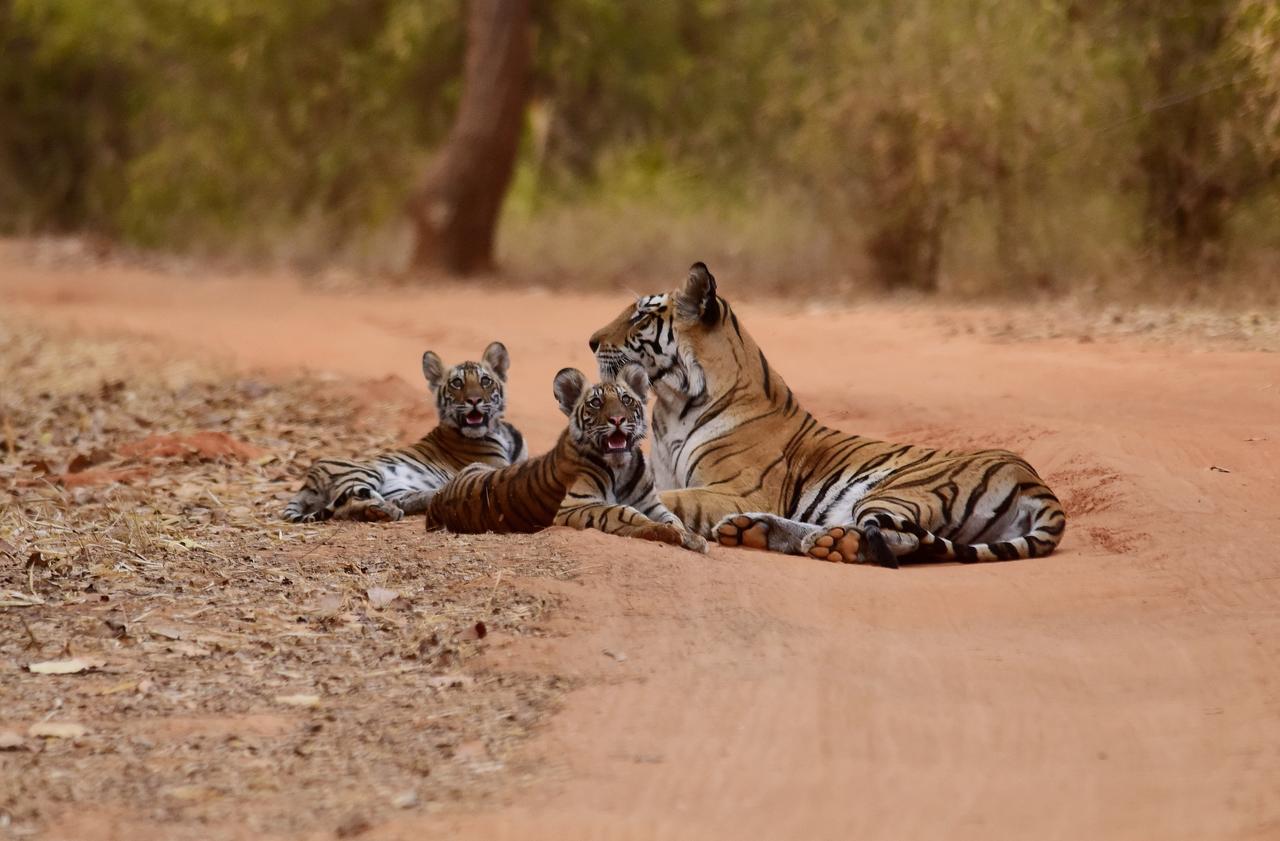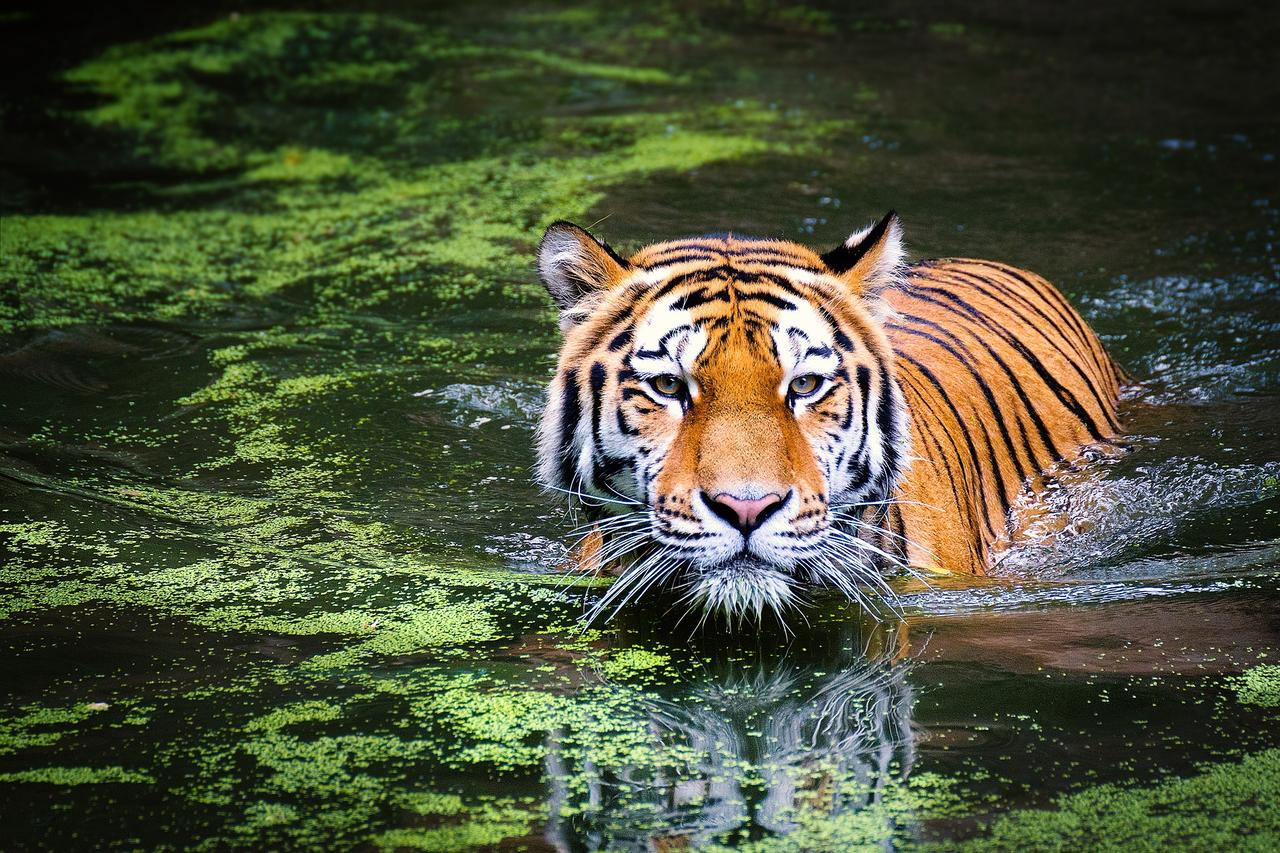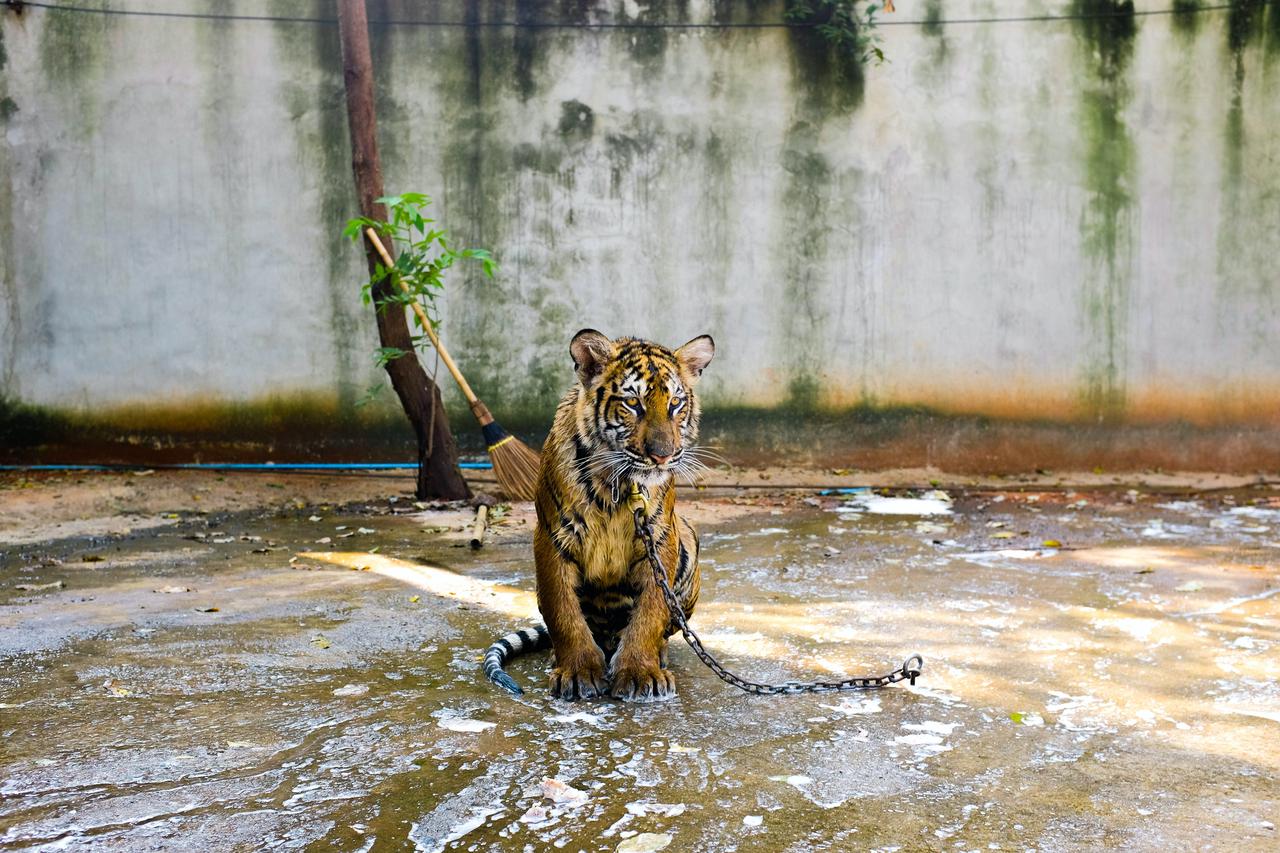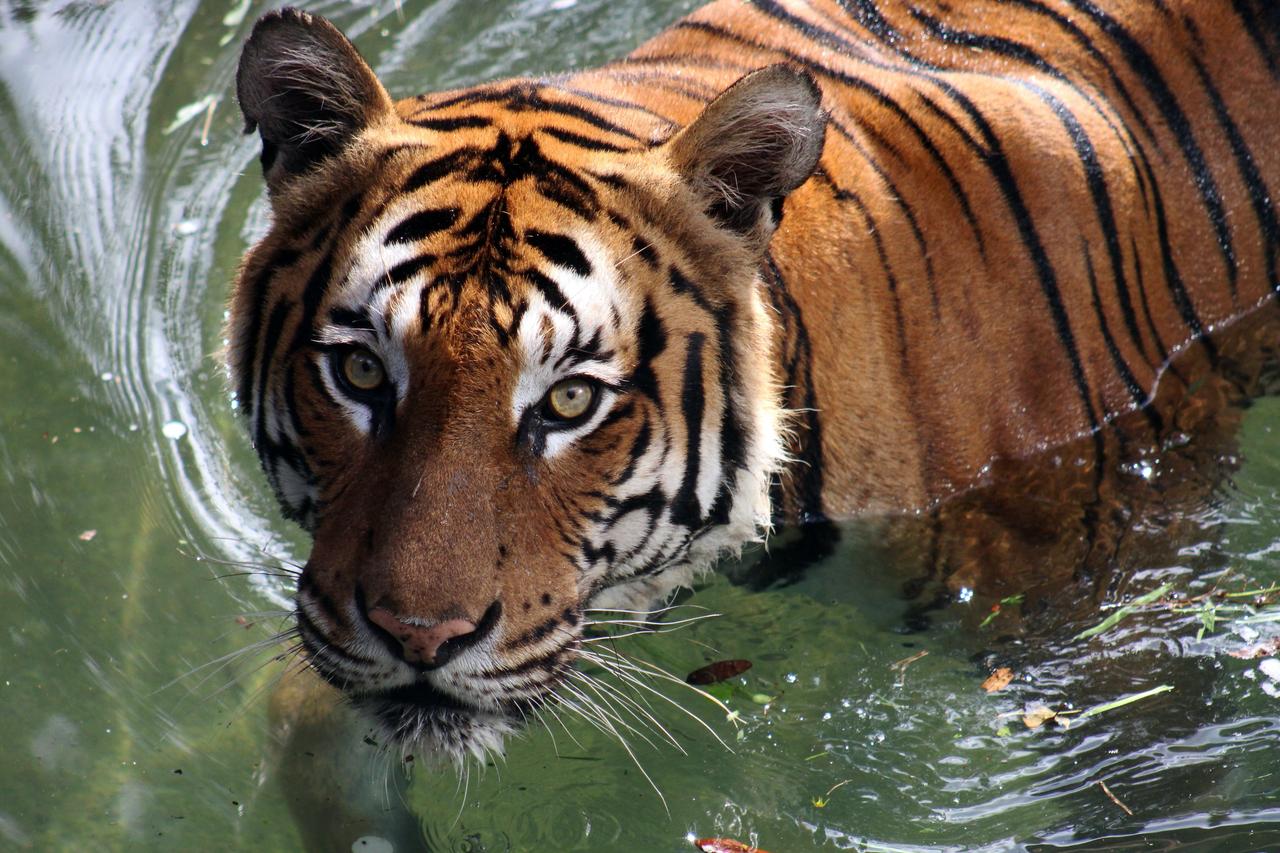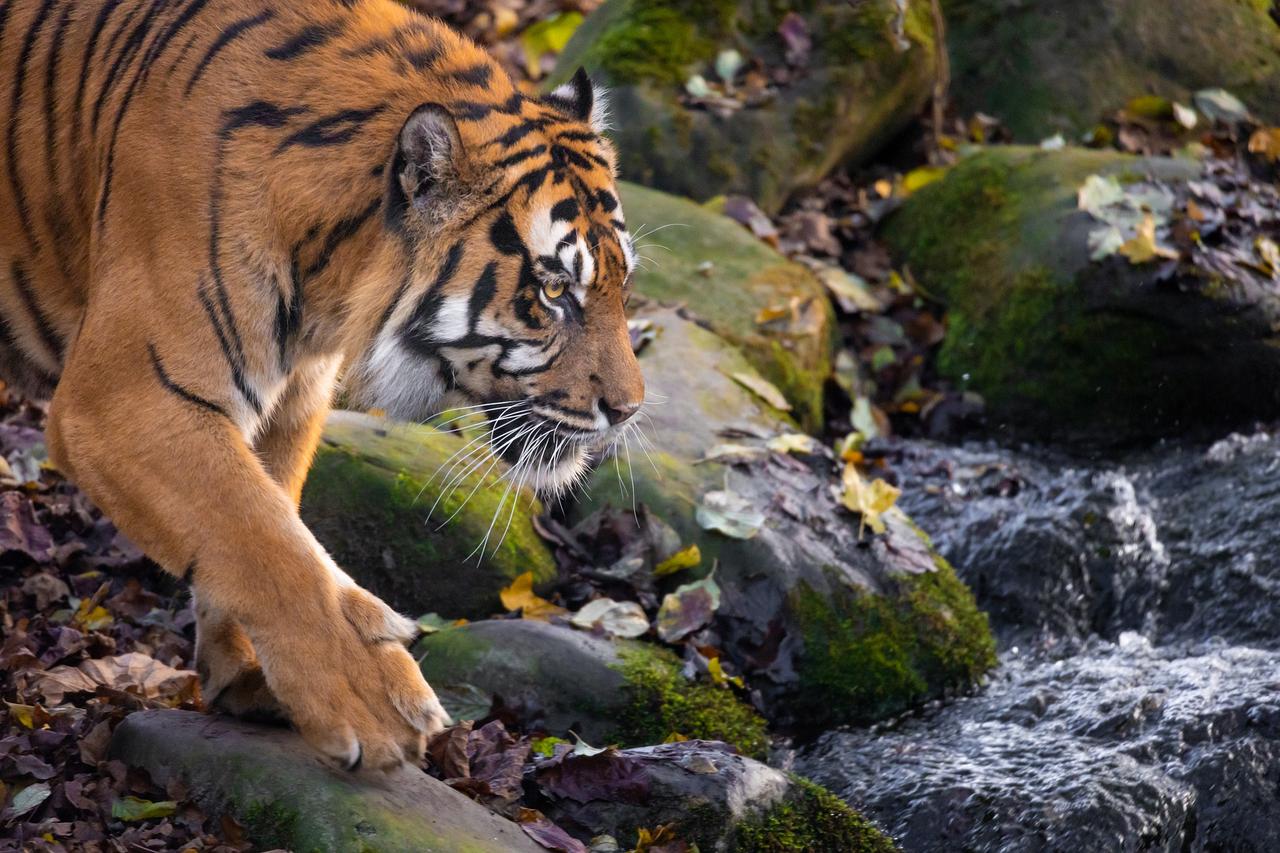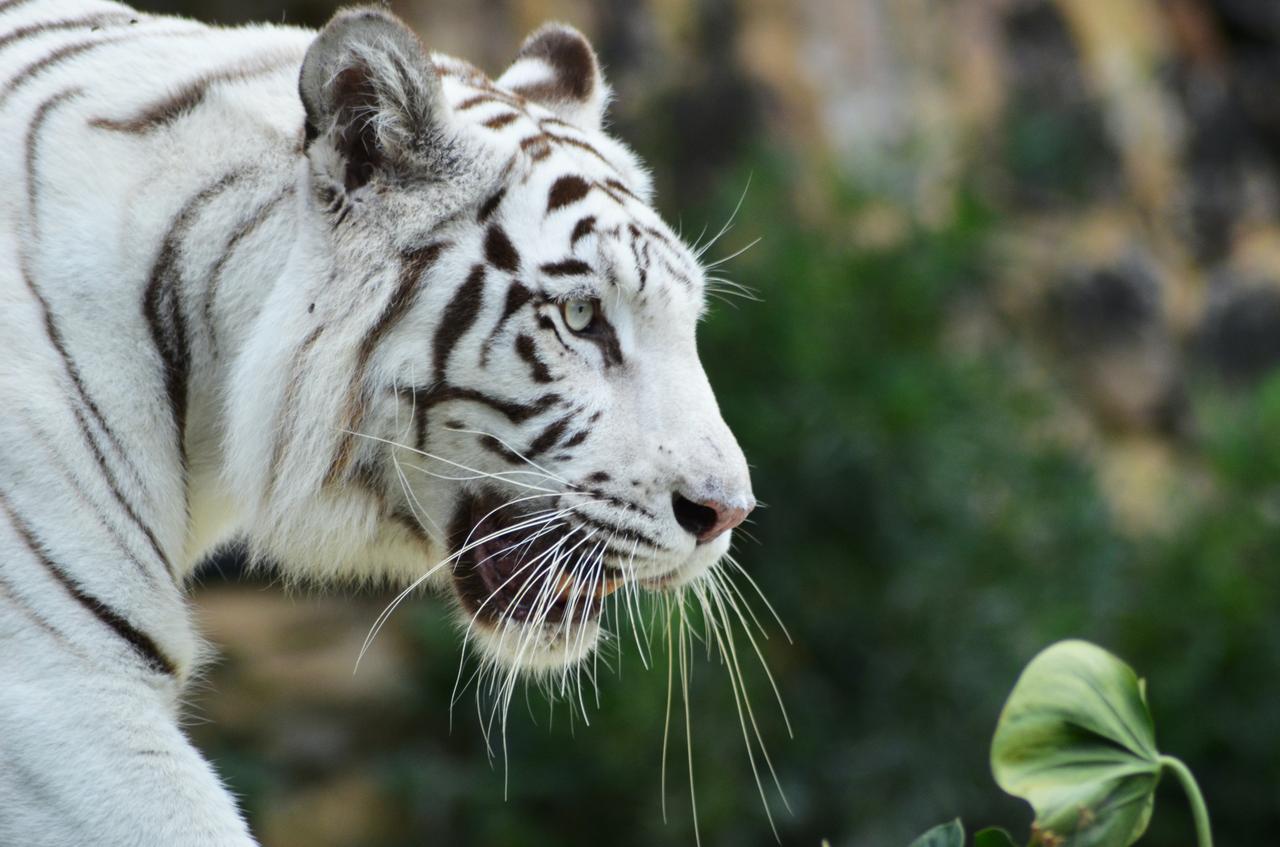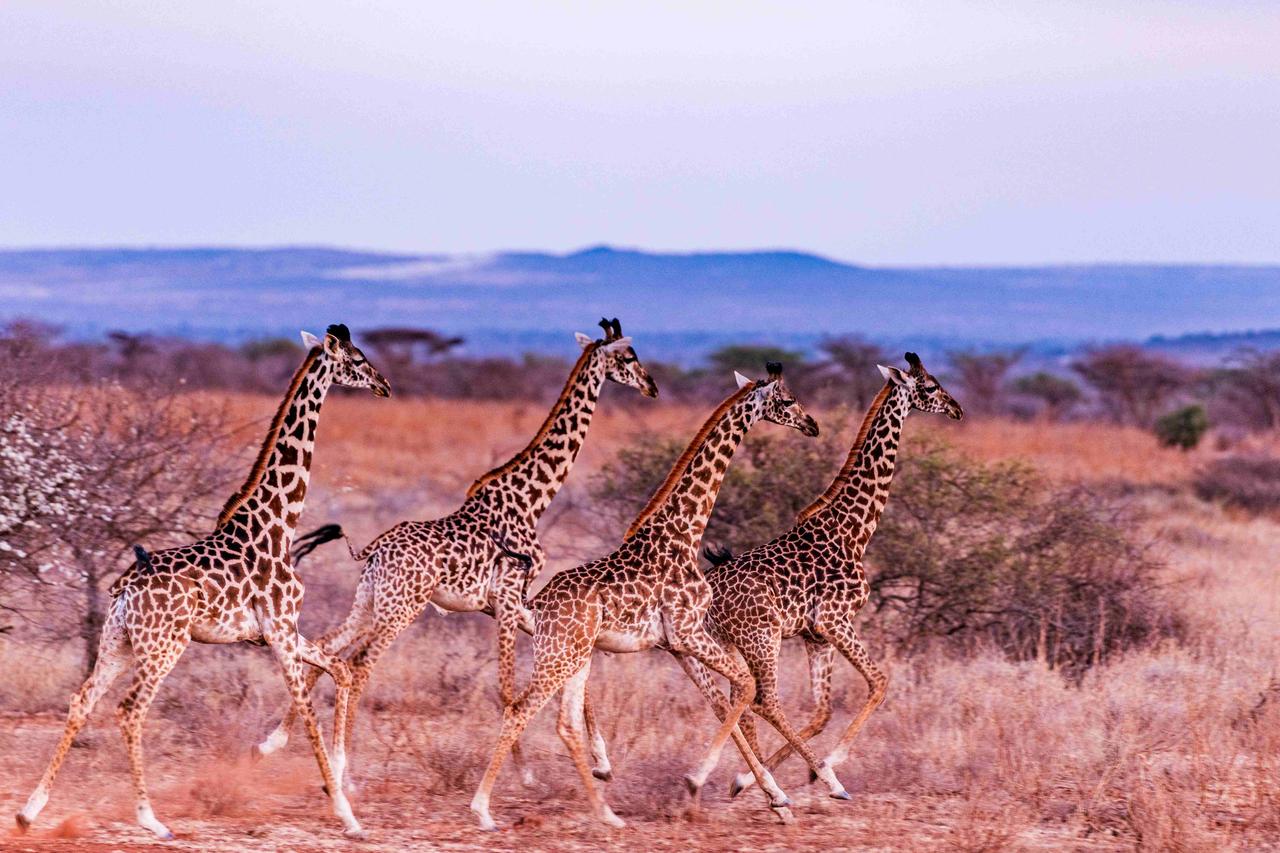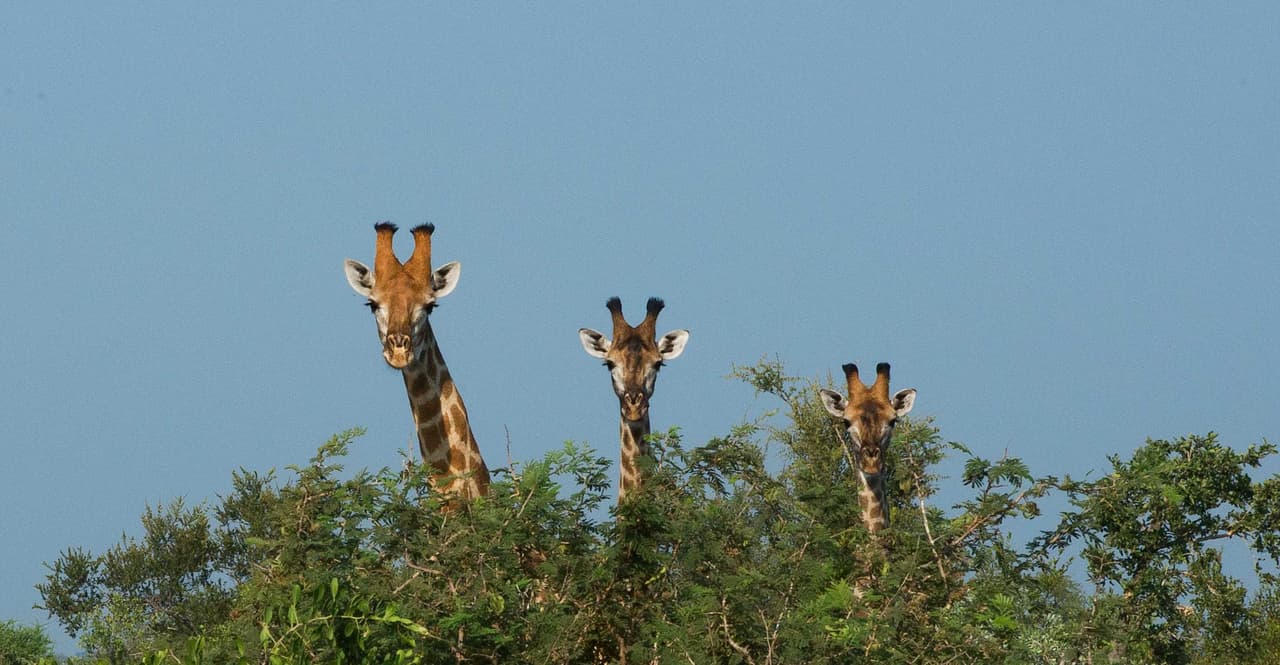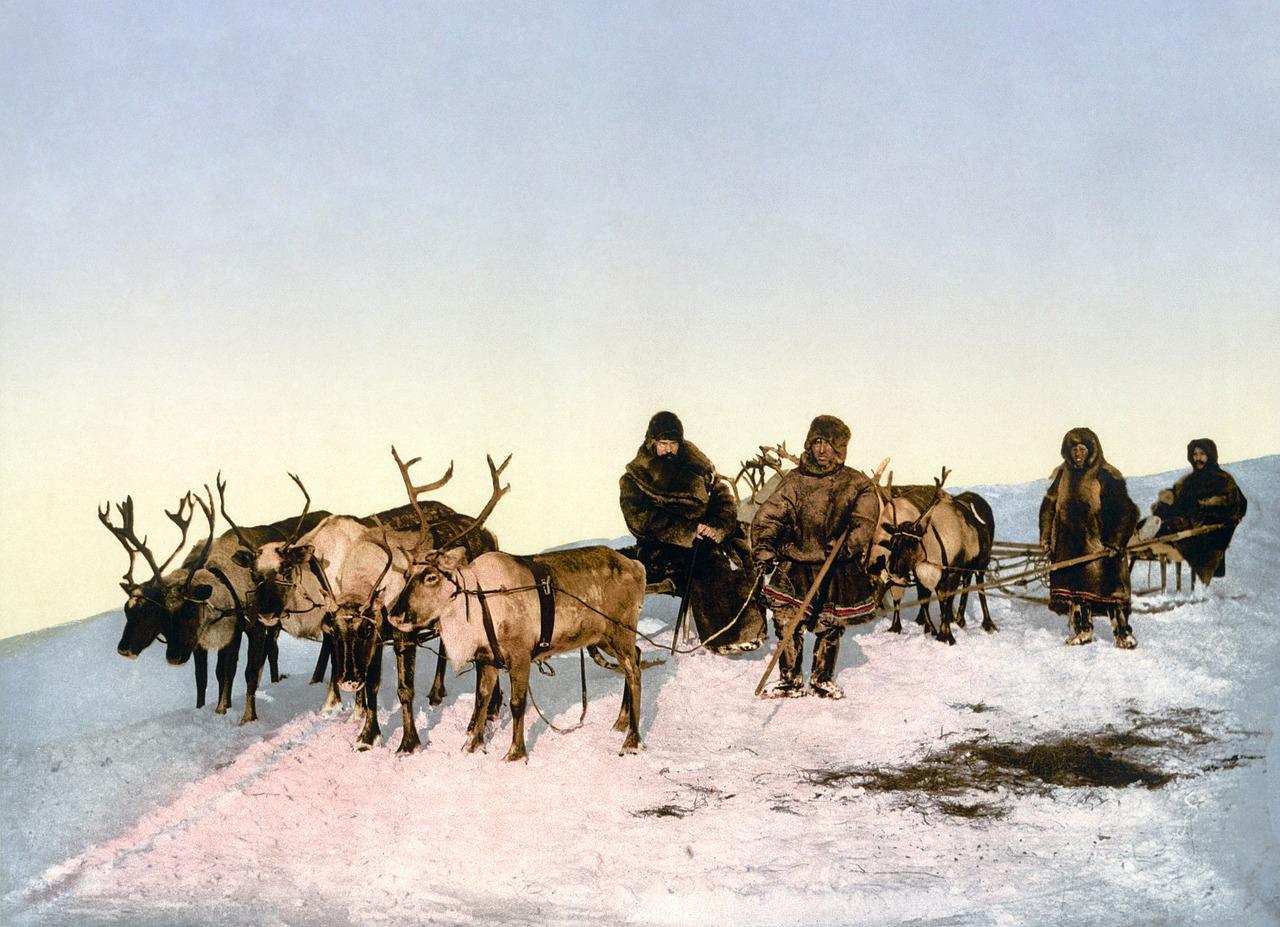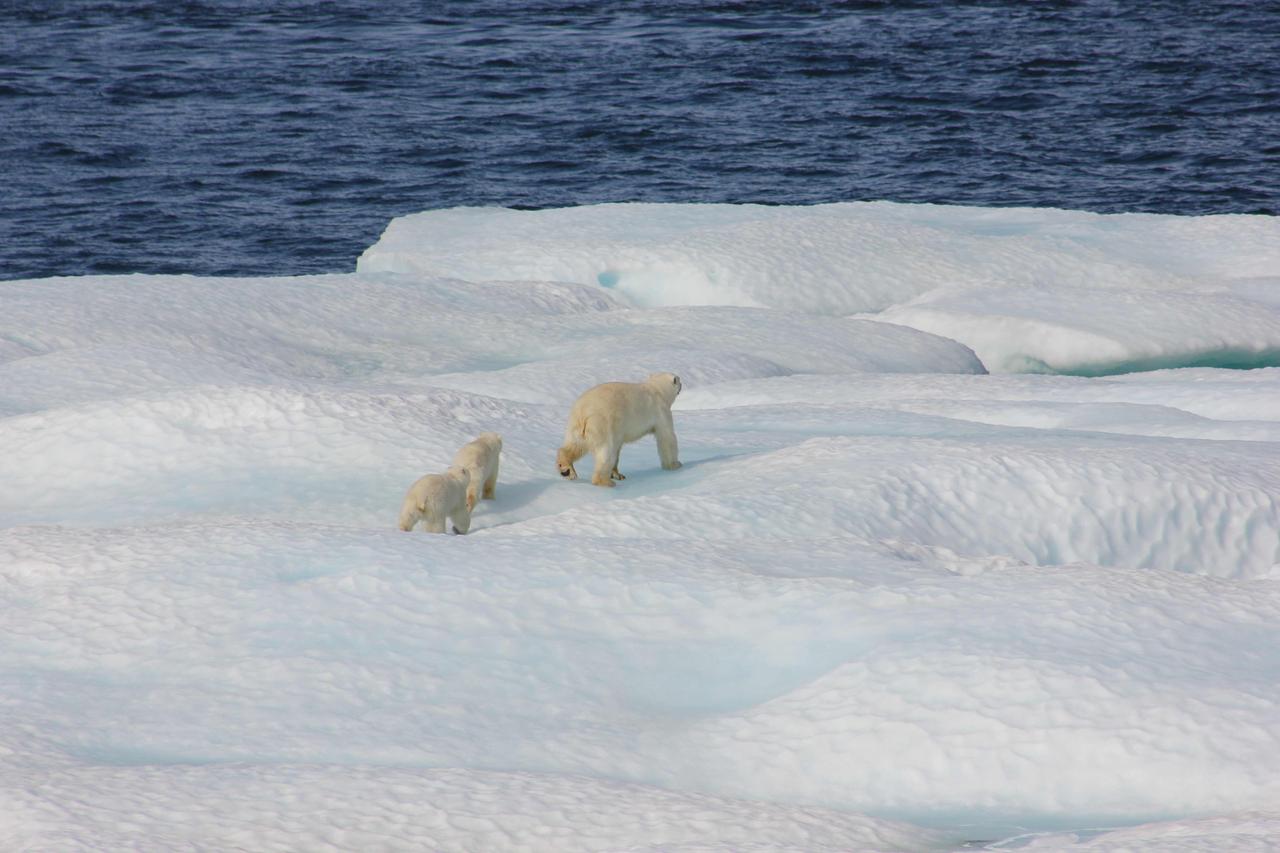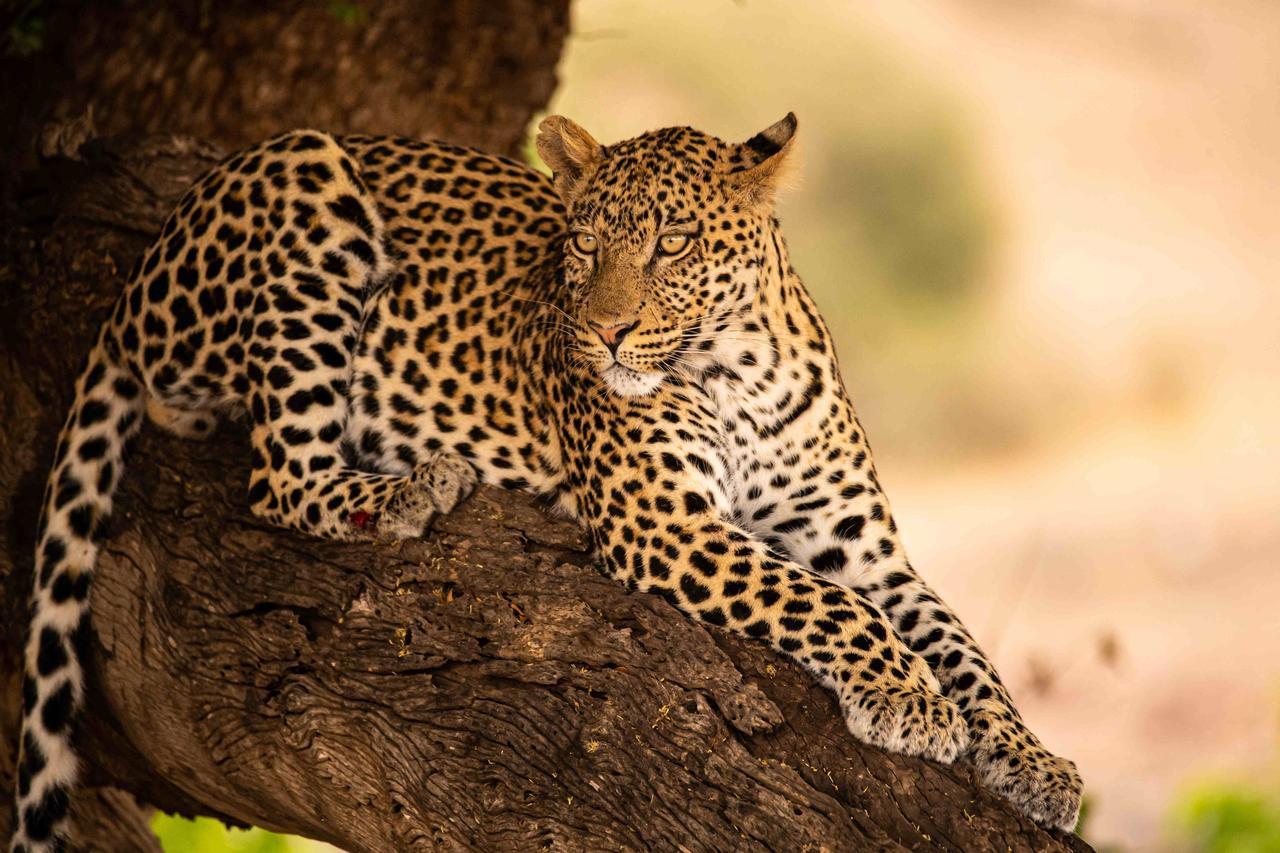
One of the world’s fiercest apex predators, leopards, are getting harder to spot. Get the facts about this endangered big cat.
It's BIG CAT MONTH at VAKOVAKO — and today is all about the legendary leopard. Spanning regions from sub-Saharan Africa to Central Asia, the leopard is an iconic predator renowned for both speed and spots. But despite the leopard’s position at the top of the food chain — this big cat is critically ENDANGERED.
Leopard 101
- Iconic appearance: It's likely that the first thing that comes to mind when you think about a leopard is spots. Their spots are actually called rosettes because of their floral appearance. Each leopard is unique — no two spots are the same. Leopards are also a variety of colors: yellow, grey, orange, light and dark brown.
- Wide variety: African leopards, Indian leopards, Javan leopards, Arabian leopards, North-Chinese leopards, Persian leopards, Amur leopards, Indochinese leopards, and the Sri-Lankan leopards currently exist. The Amur leopard is the rarest of them all — less than 100 remain in frosty regions of Russia and China.
- Apex — but still vulnerable: Leopards may be apex predators, but that doesn't mean they don't have natural enemies. Leopards are known to fall victim to hyenas and lions. But this doesn't happen often — these big cats are fierce. Leopards have even been known to hunt crocodiles.
- Not a cheetah, but similar: Cheetahs and leopards are often mistaken because they both have spots. The easiest way to tell them apart? Cheetahs have rounded spots, unlike leopards — and they’re faster (113 kph vs. 60 kph / 70 mph vs. 37 mph).
- No water? No problem: Although leopards love swimming, they can live in dry environments because of their ability to live for up to ten days without water; getting hydration from their prey.
A big cat facing big threats
Leopards are considered critically endangered — only 50,000 remain in the wild. Three-fourths of leopard territory has vanished, and only 17% of their habitat is protected. Leopards also face threats from illegal poaching and fur trade. In India alone, 126 leopards have fallen victim to poachers this year.
But there's hope for recovering our ENDANGERED big cats. In 2017, the North-Chinese leopard saw a revival thanks to conservation efforts increasing a protected area to 87,000 square kilometers (33,600 square miles). If more efforts are not taken to help leopards, like the Amur leopard, they face extinction by 2050.
Restore the roar. Donate with VAKOVAKO.



